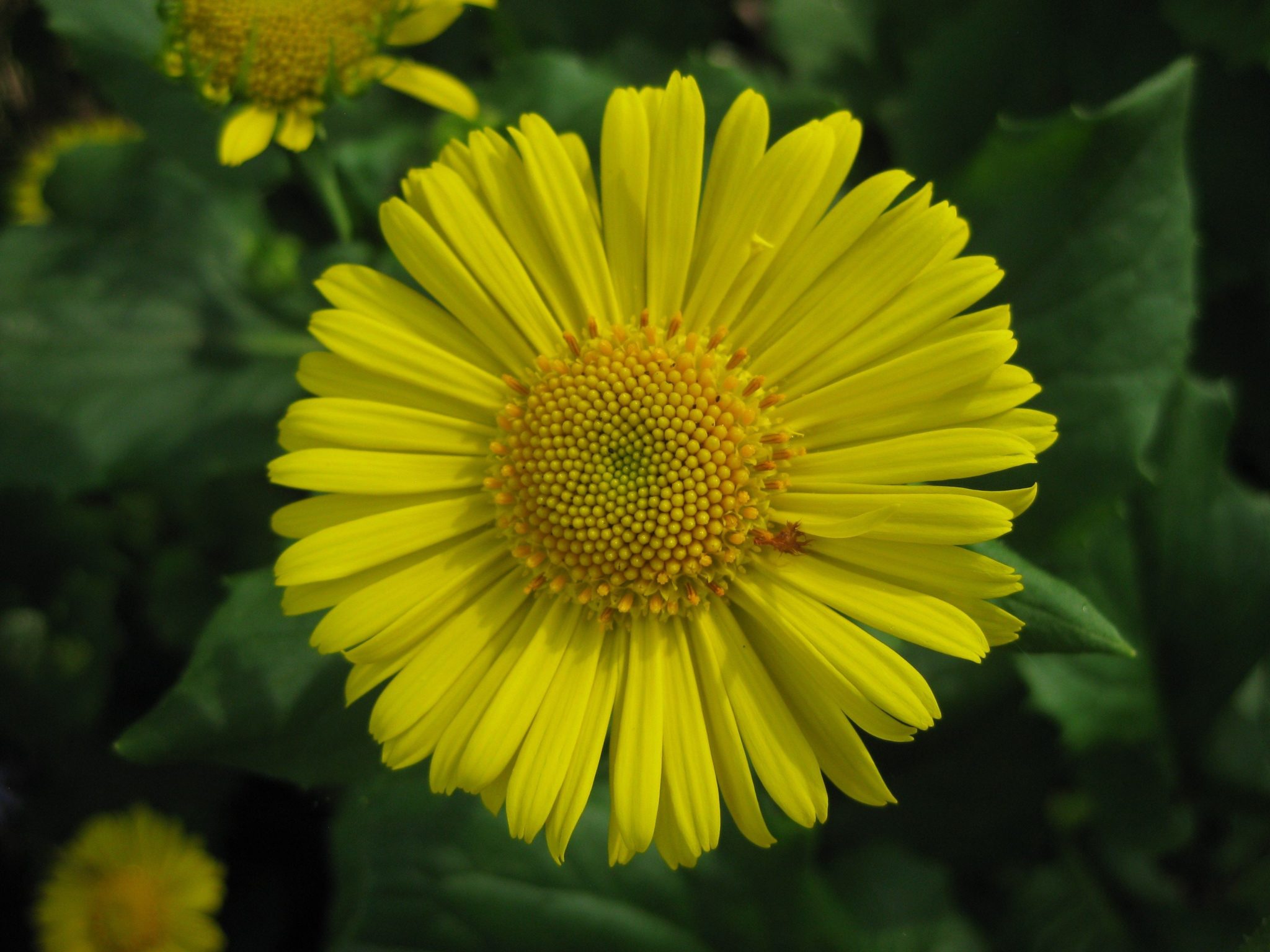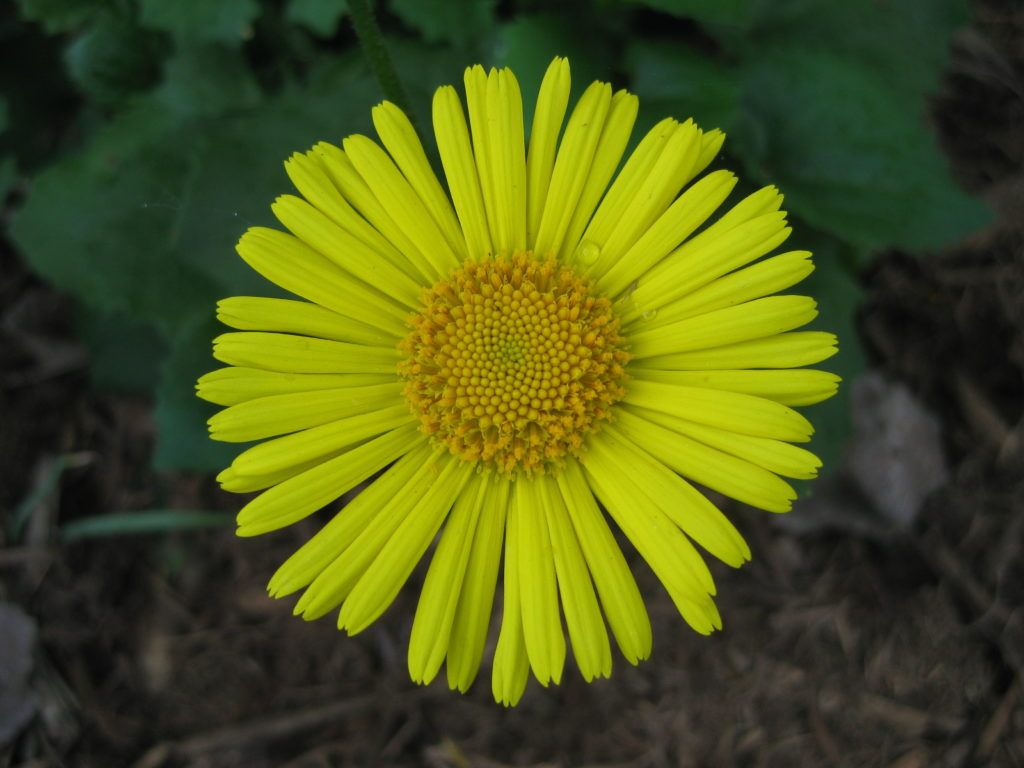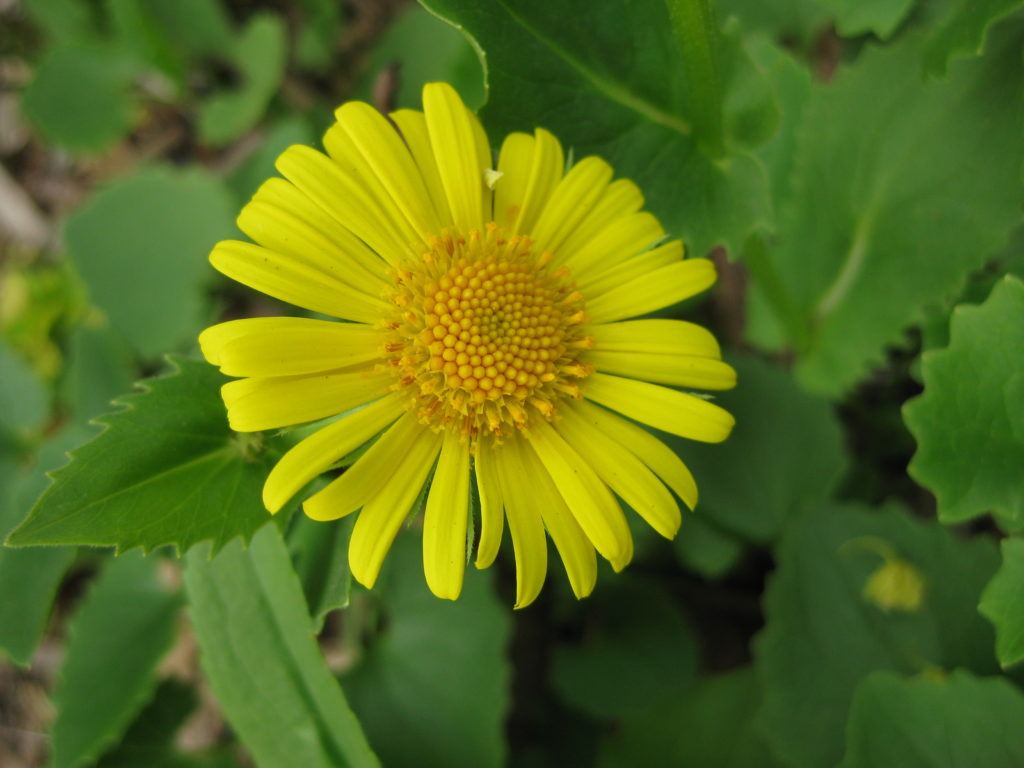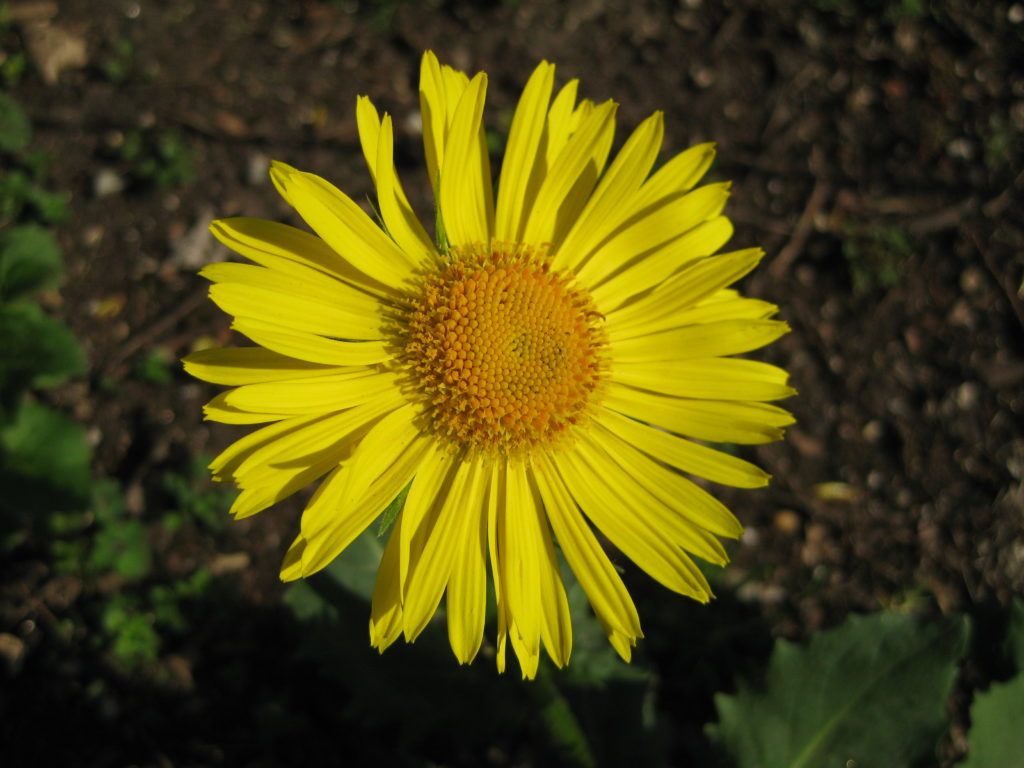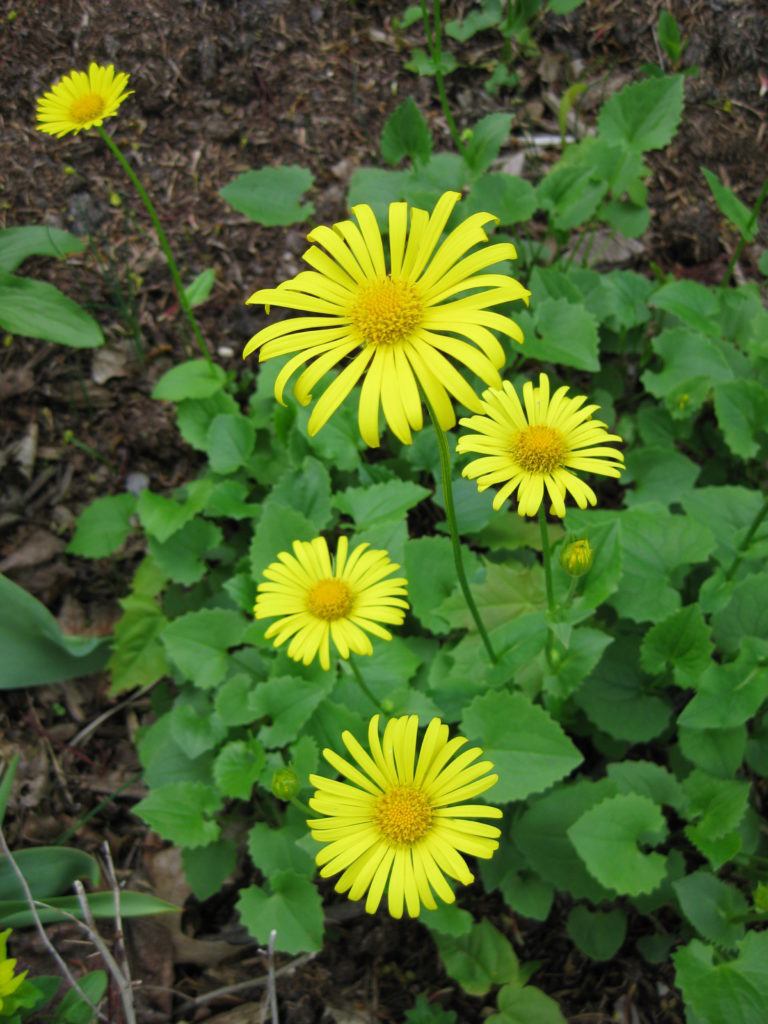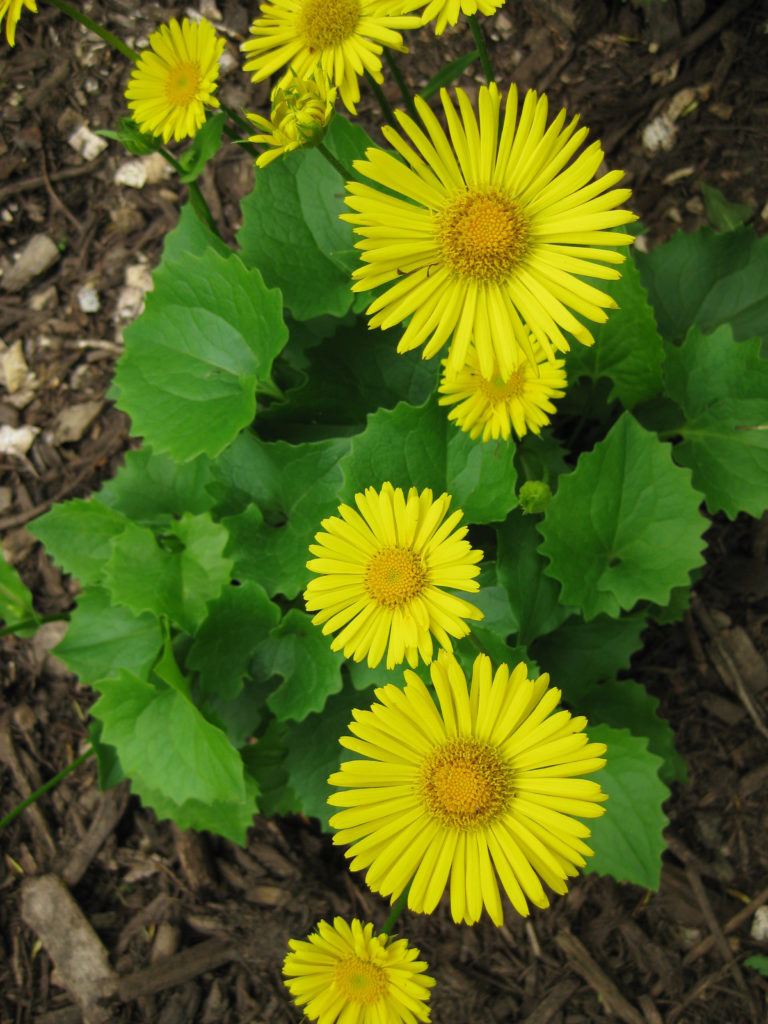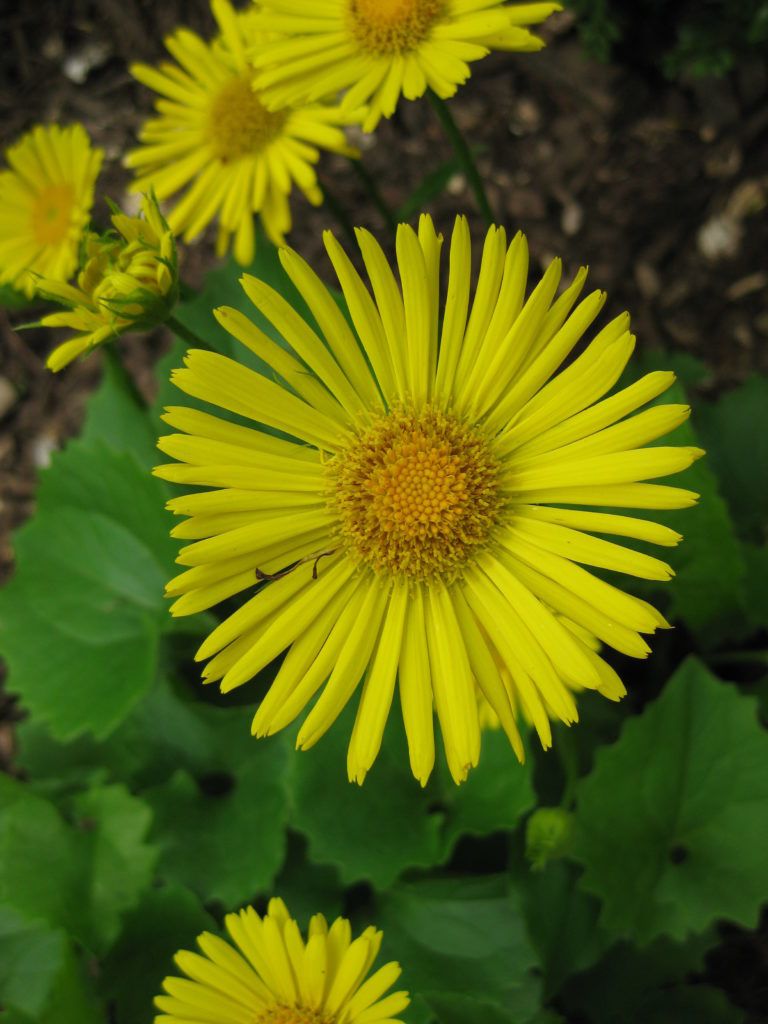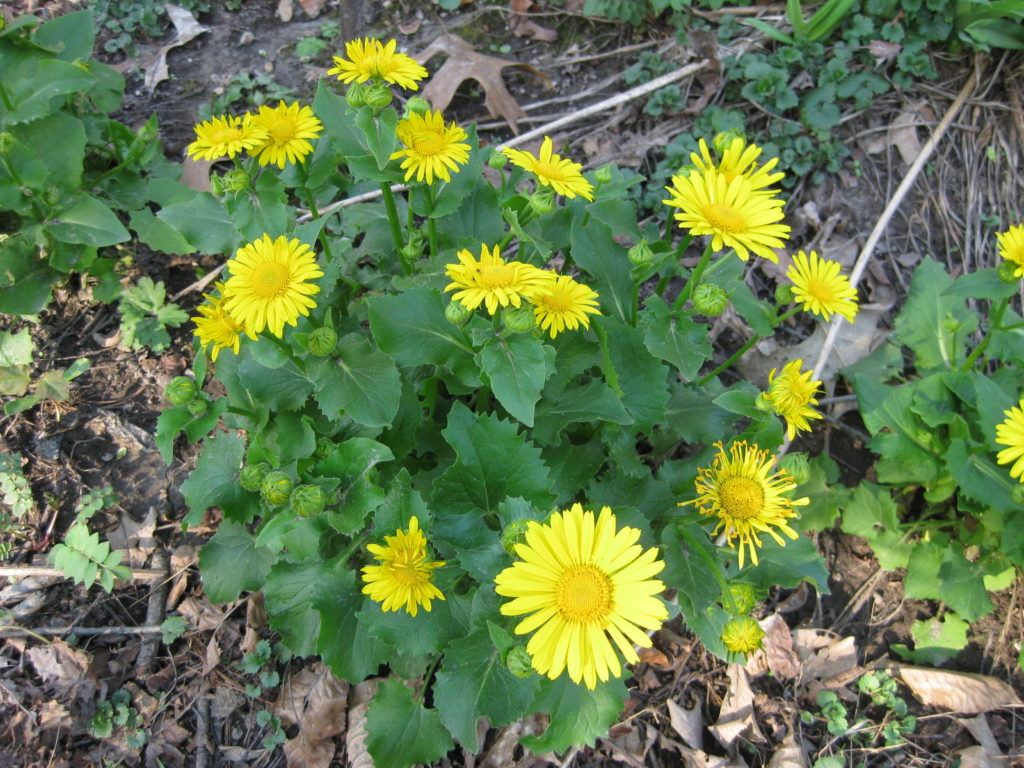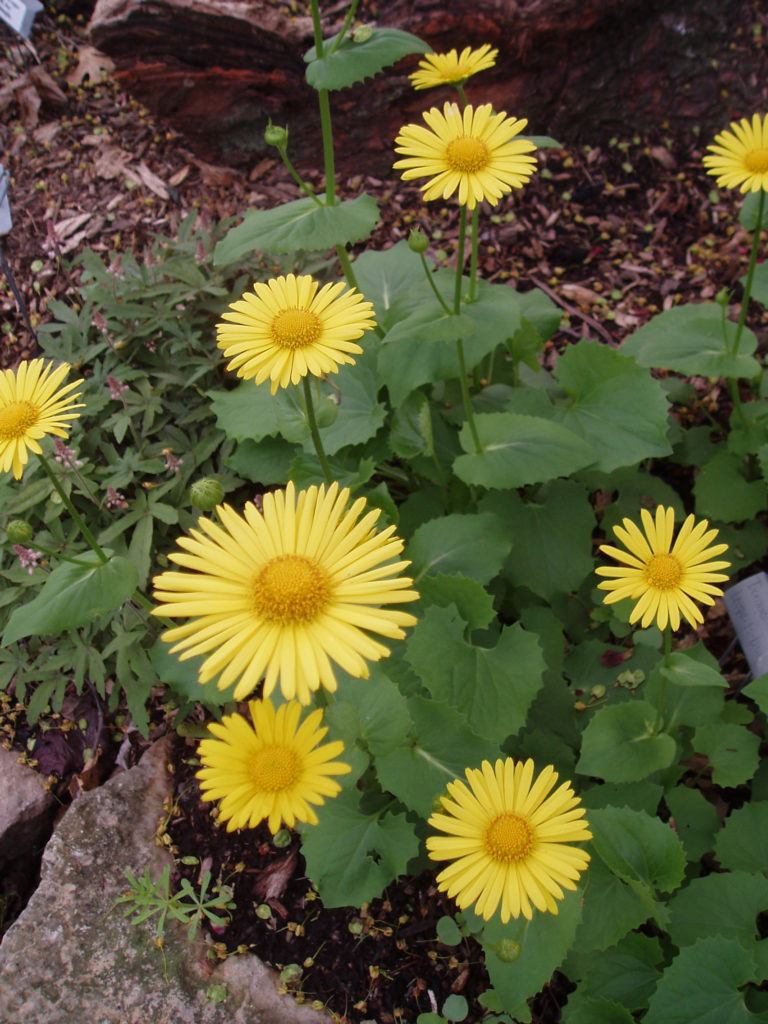Enriching lives through beauty, education, and the arts.
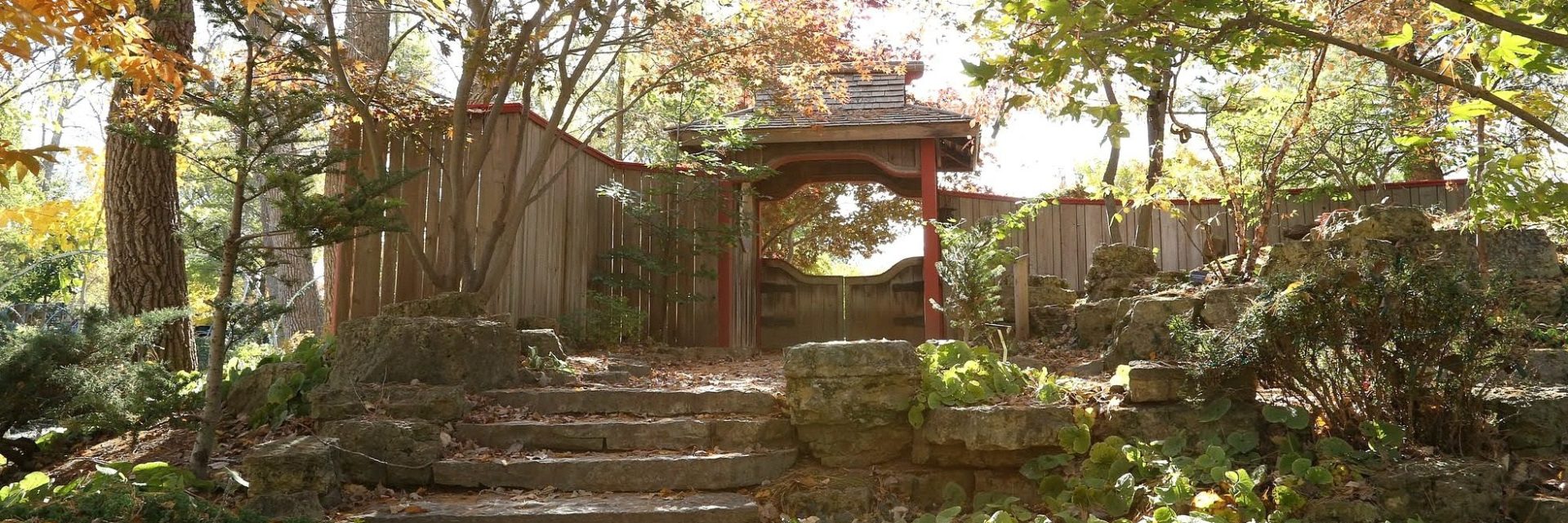
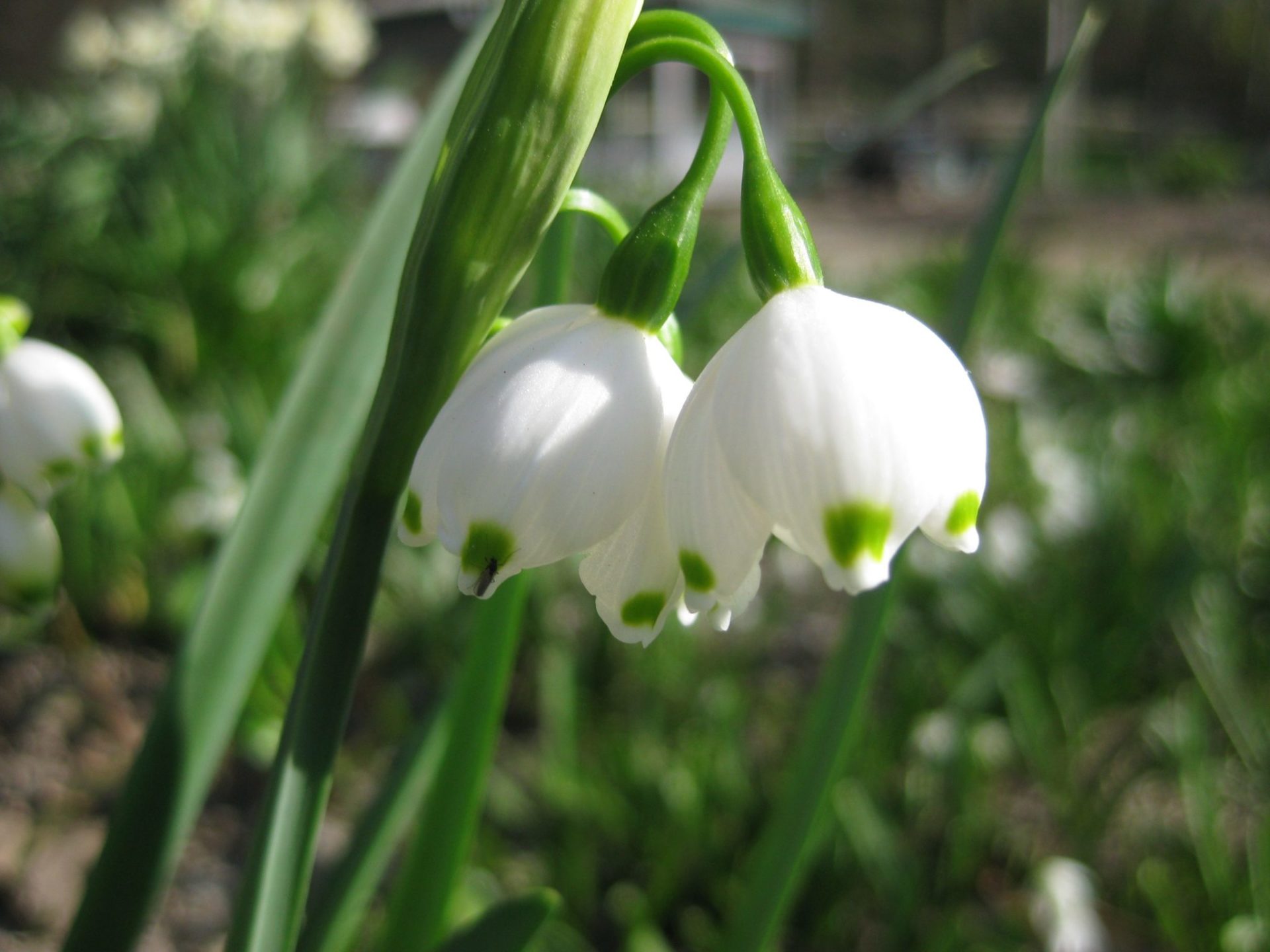
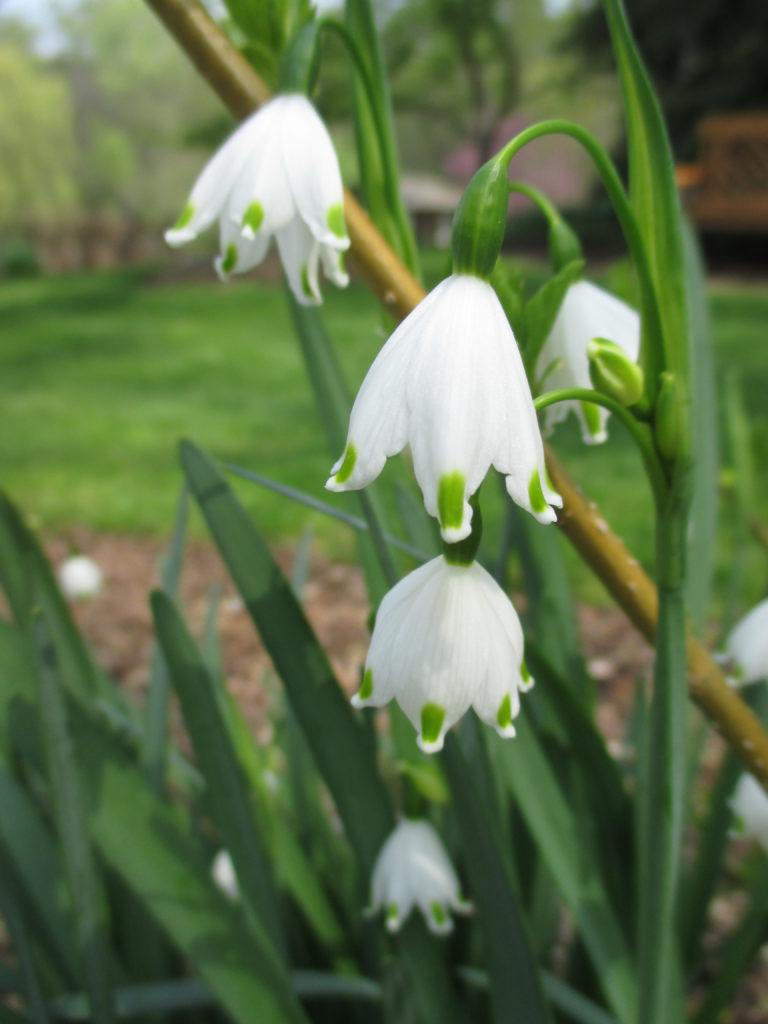
This bulb featured in the blog today wont be blooming for another month or so but will emerge quickly over the coming weeks. The summer snowflake (Leucojum aestivum) is a fall planted bulb in the Amaryllidaceae family. Native to Western Asia and portions of Europe, this bulb tolerates clay soils, is deer resistant and also can be grown under black walnuts. Preferring adequate moisture during the bloom period, this bulb had foliage emerge early and blooms at about 18″ in height in early May. The pendant flowers have a splash of green on each of the petal tips. Fall planted bulbs can be installed 3-4″ deep and 4-6″ apart. We have a couple hundred of these out in the gardens that always look nice in bloom.
Today was damp and chilly. We had a small crew at the gardens today. Staff included Cindy, Bobby K., Big John and me. John has projects out in the gardens and was joined by Urban who was pruning. Cindy and I had indoor projects as did Bobby K. We also saw Peg, Firefighter Cathy, Zorro and Bill O. today. It was a quietly productive day!
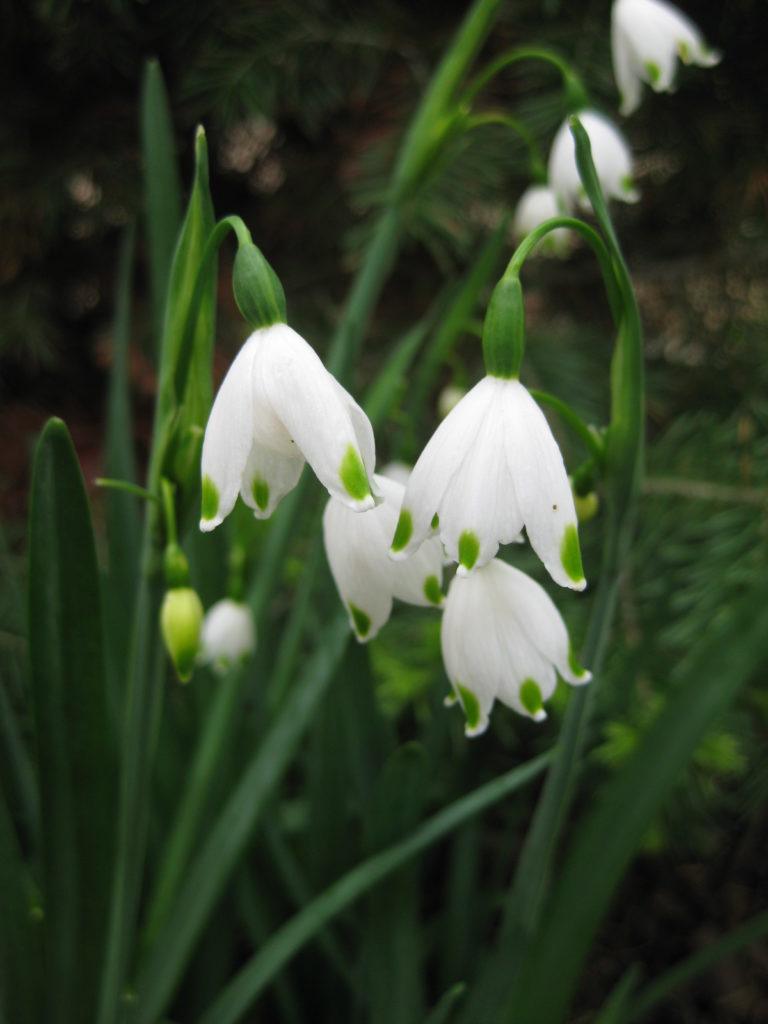
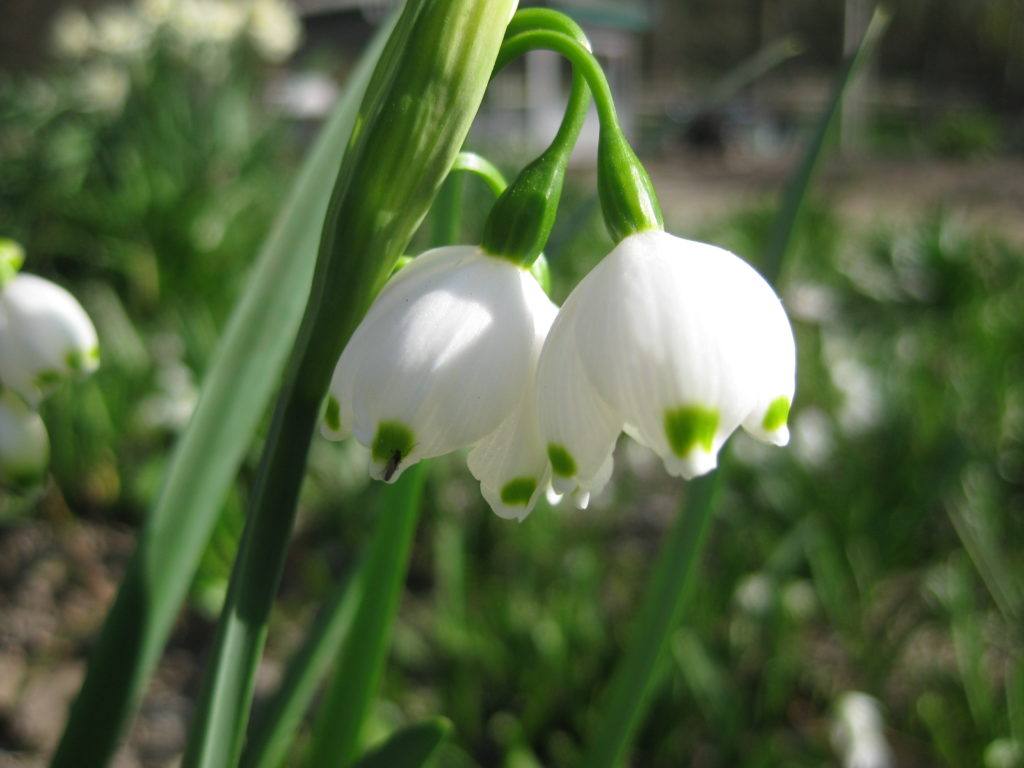
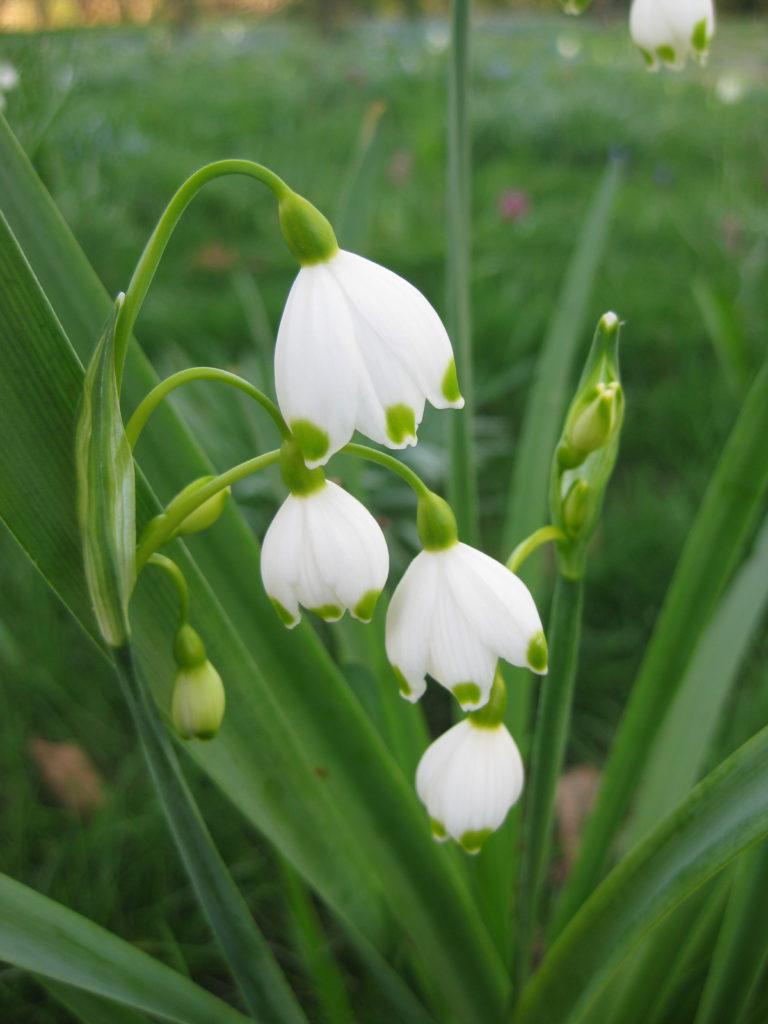
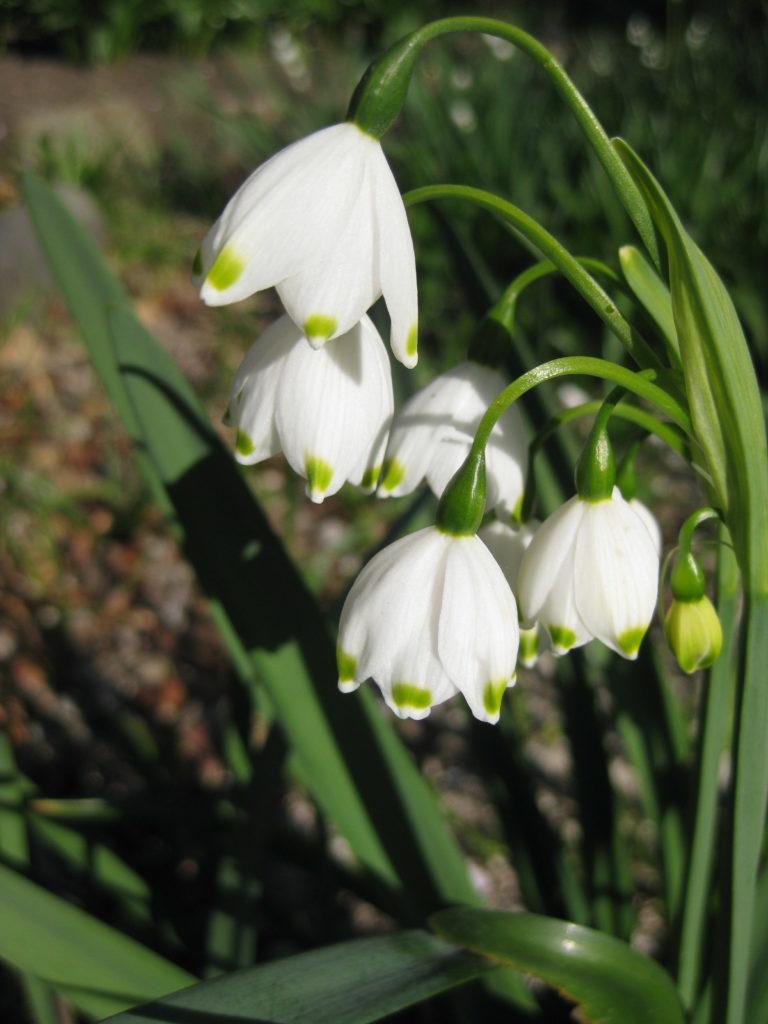
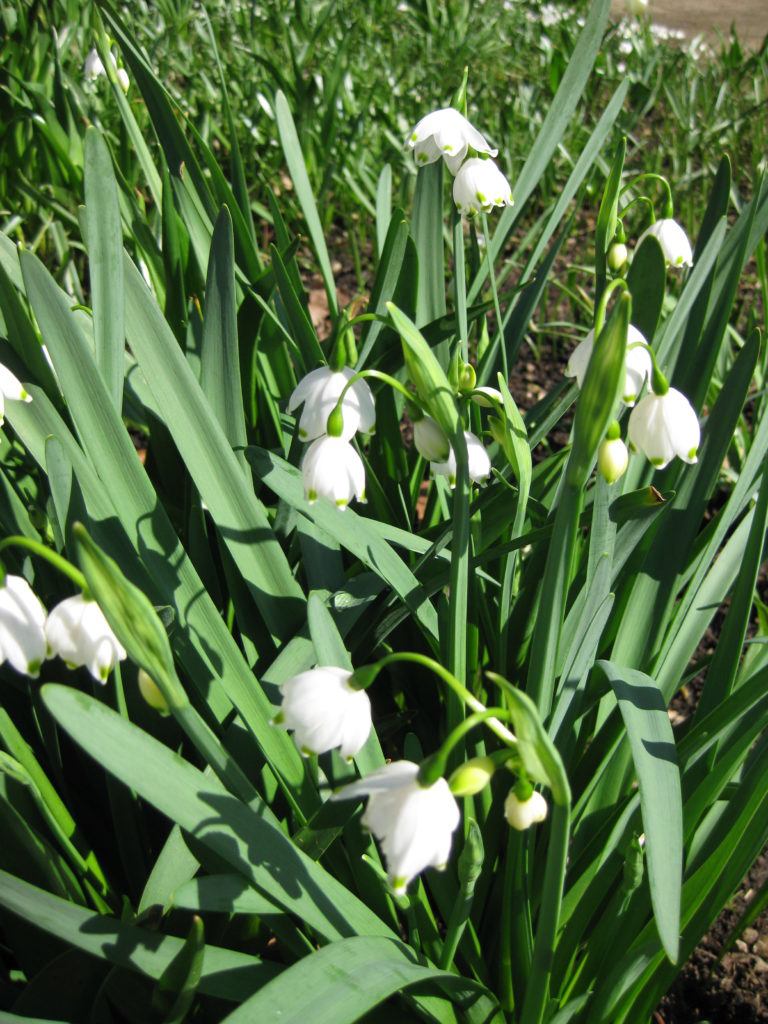
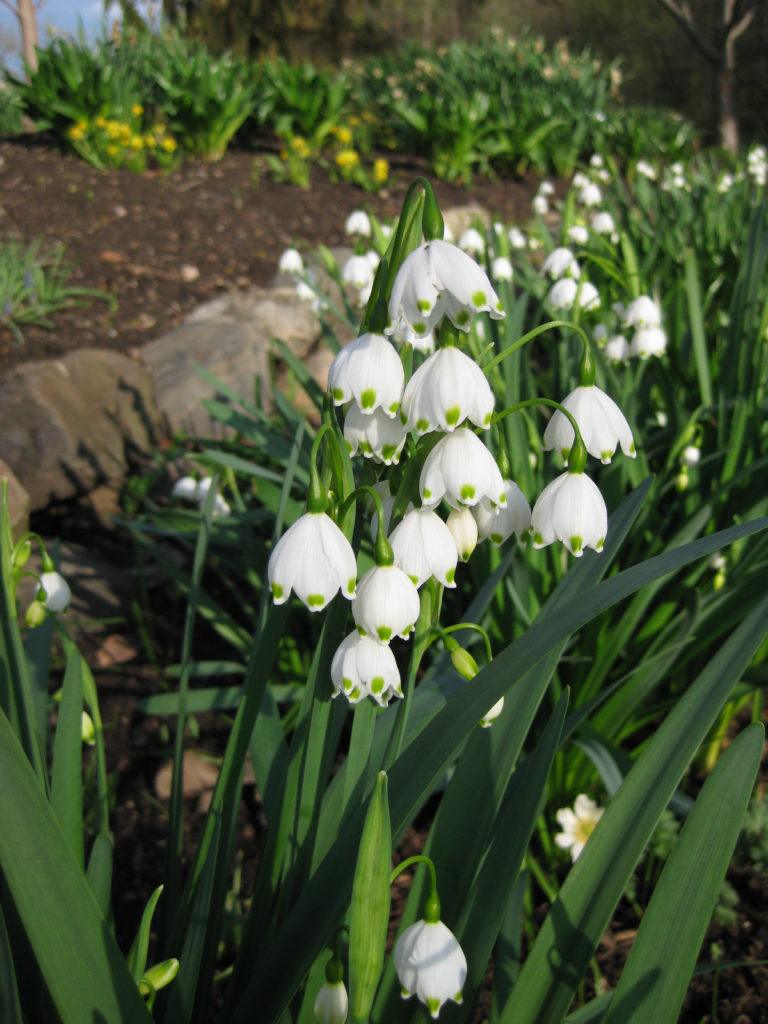
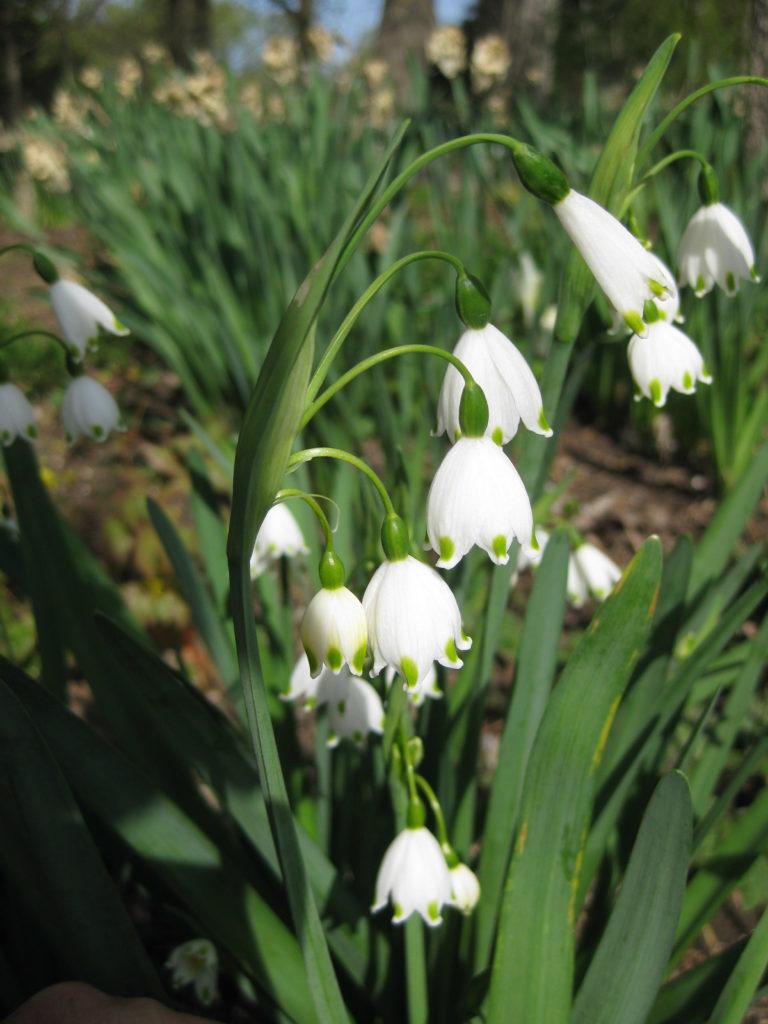
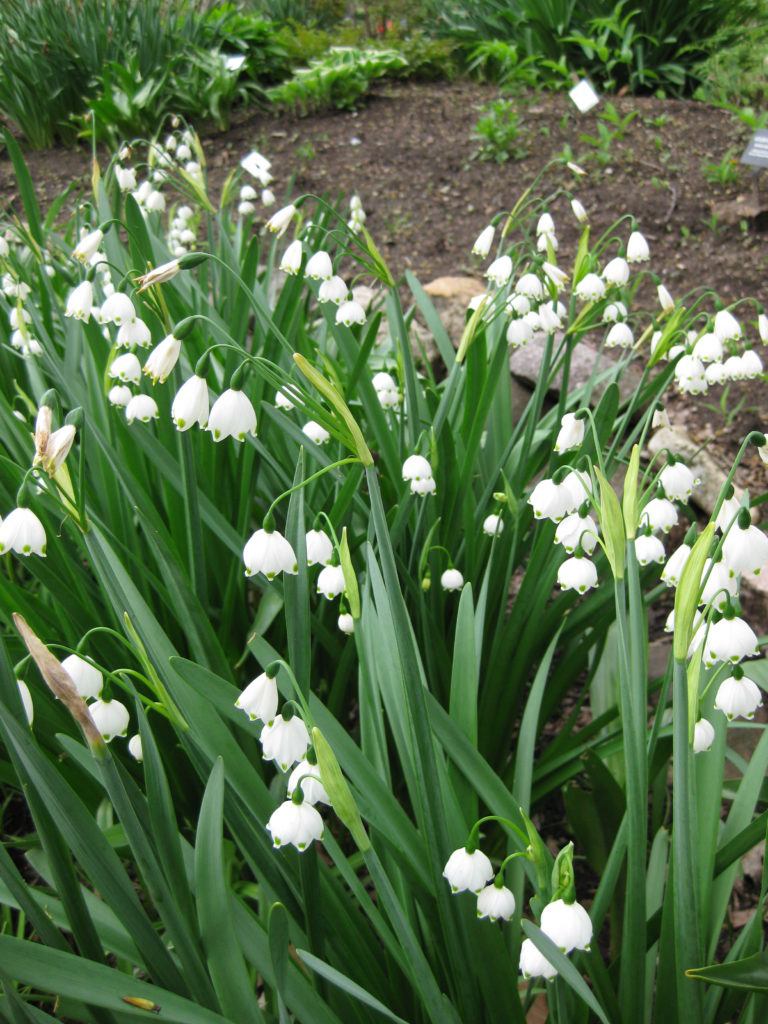
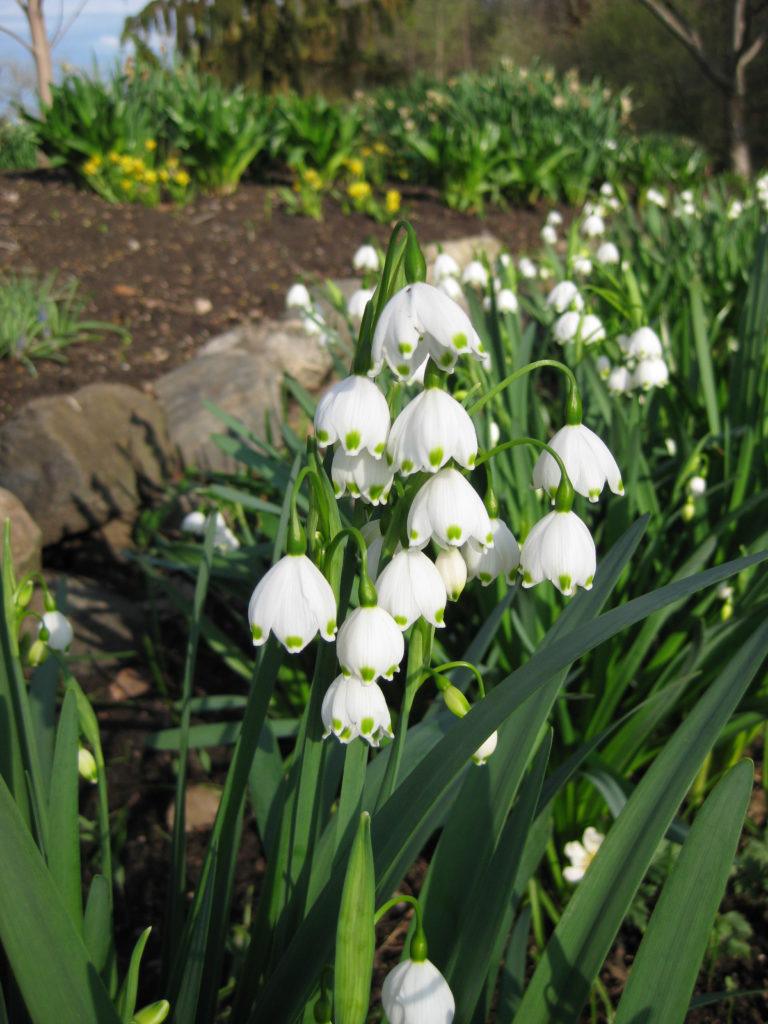
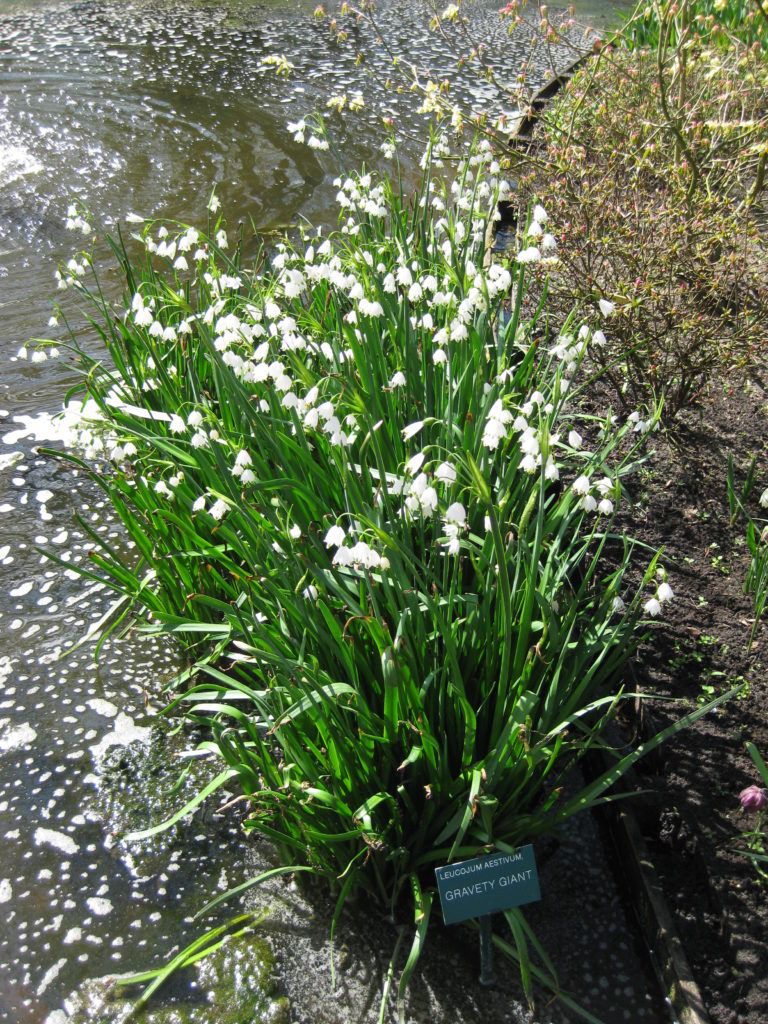
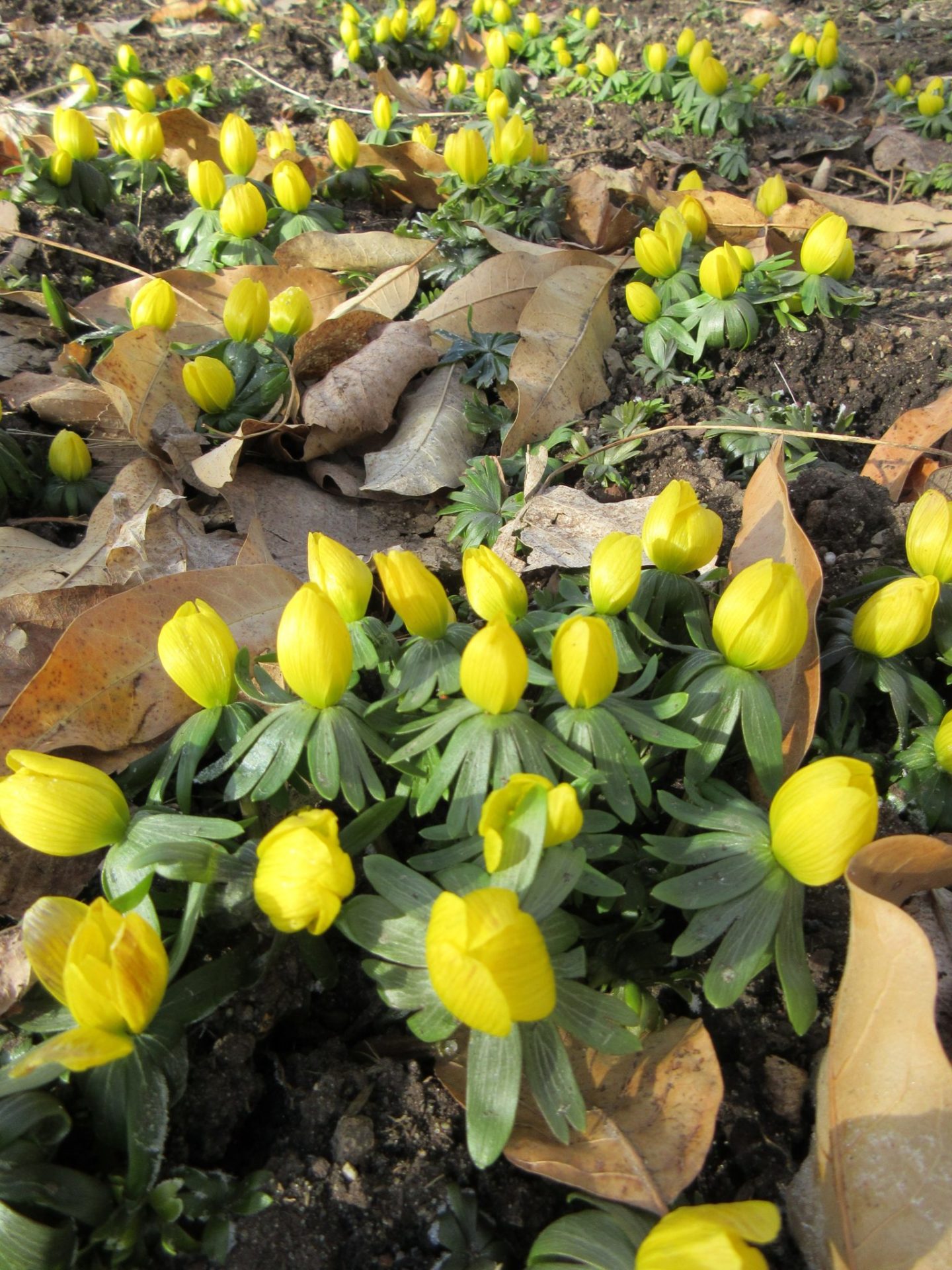
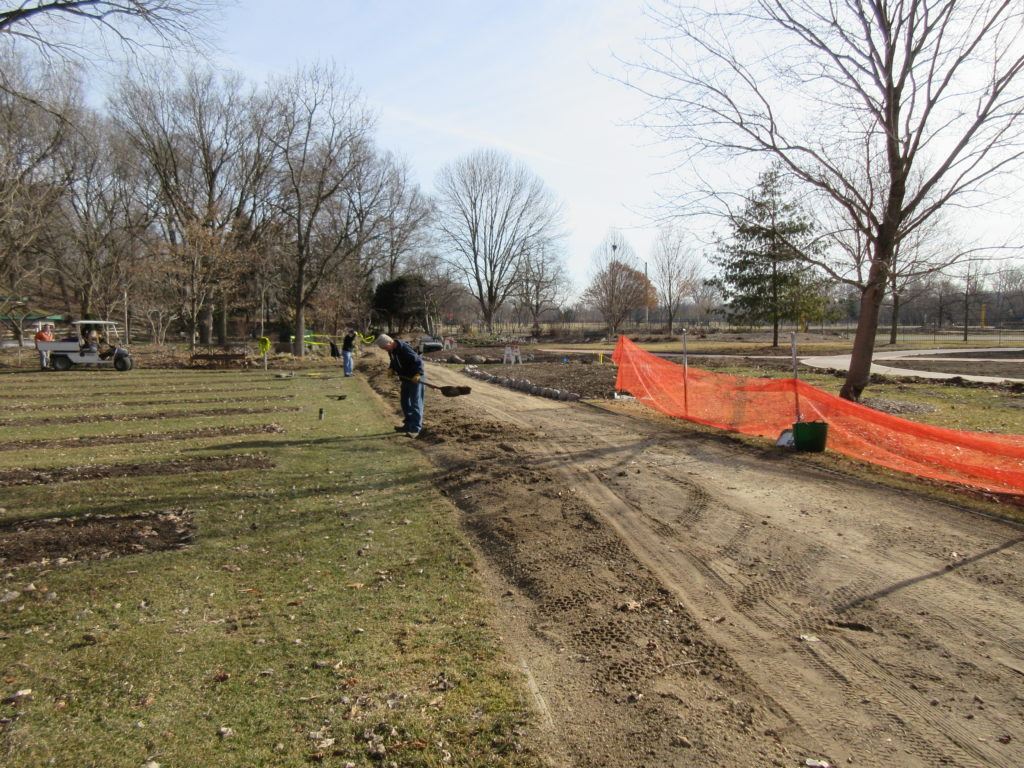
The lack of photos in this blog doesn’t reflect the amount of activity out in the gardens today. We had a very busy day for both grounds staff and volunteers. It never really warmed up much but at least we didn’t get the snow they had out East. They have sure had their share. The entire grounds staff (Larry O., Larry H., Big John, Terry, Cindy, Janice and Bobby K.) were all on had today for various tasks. Today was the “official” day back although everyone just mentioned was involved with bringing in elements of the Holiday Light Show (HLS) or other winter tasks. There was no shortage of clean-up out in the gardens and work associated with some new electrical service (see above) for the new wellness garden. We also had a bumper crop of volunteers including Kathy P., Alan, Derrick, Ron R., Steve E., Del, Maury, Dennis and we also saw Gary S. and Becky today as well.
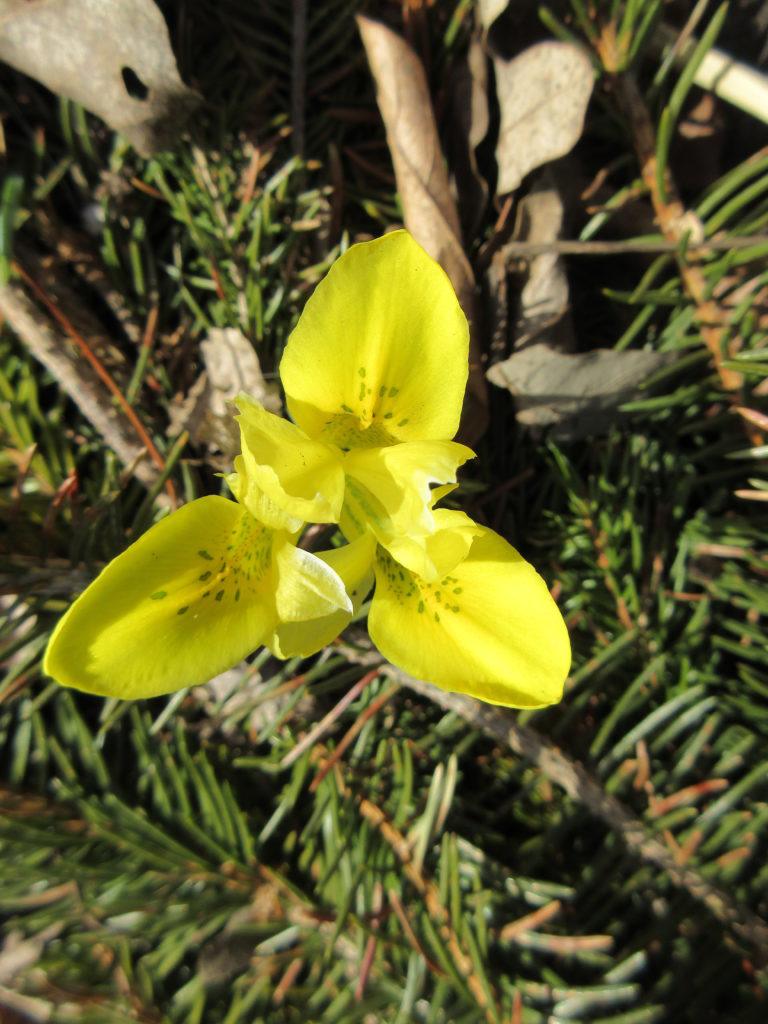
Danford iris (Iris danfordiae)
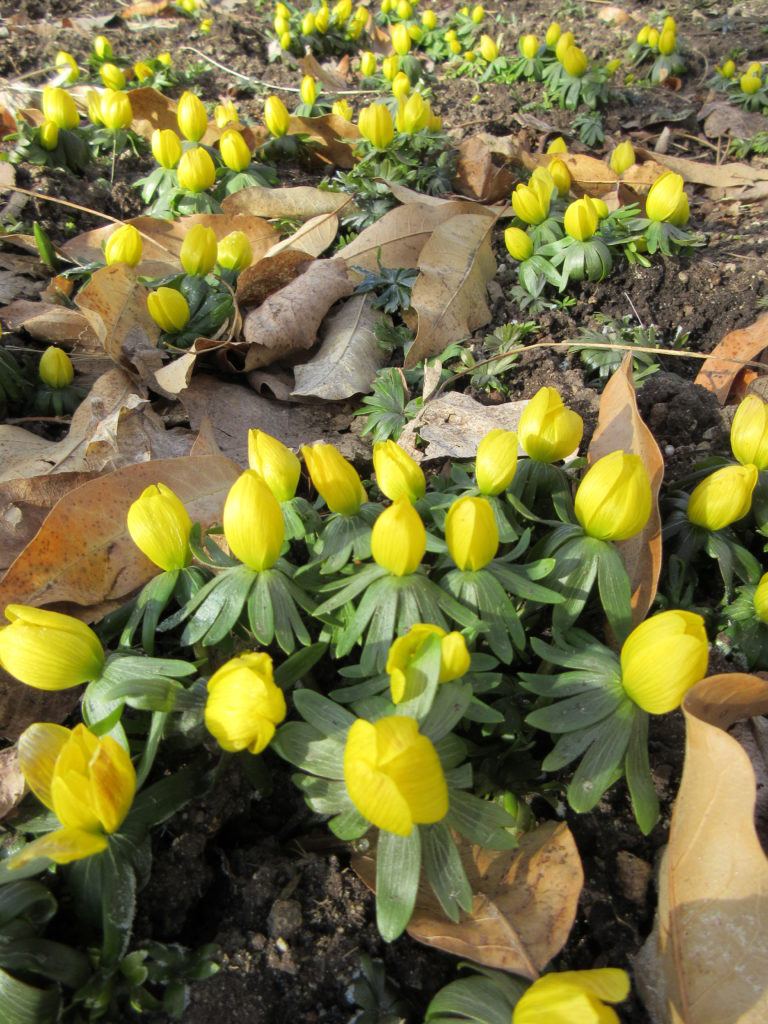
winter aconite (Eranthis hyemalis)
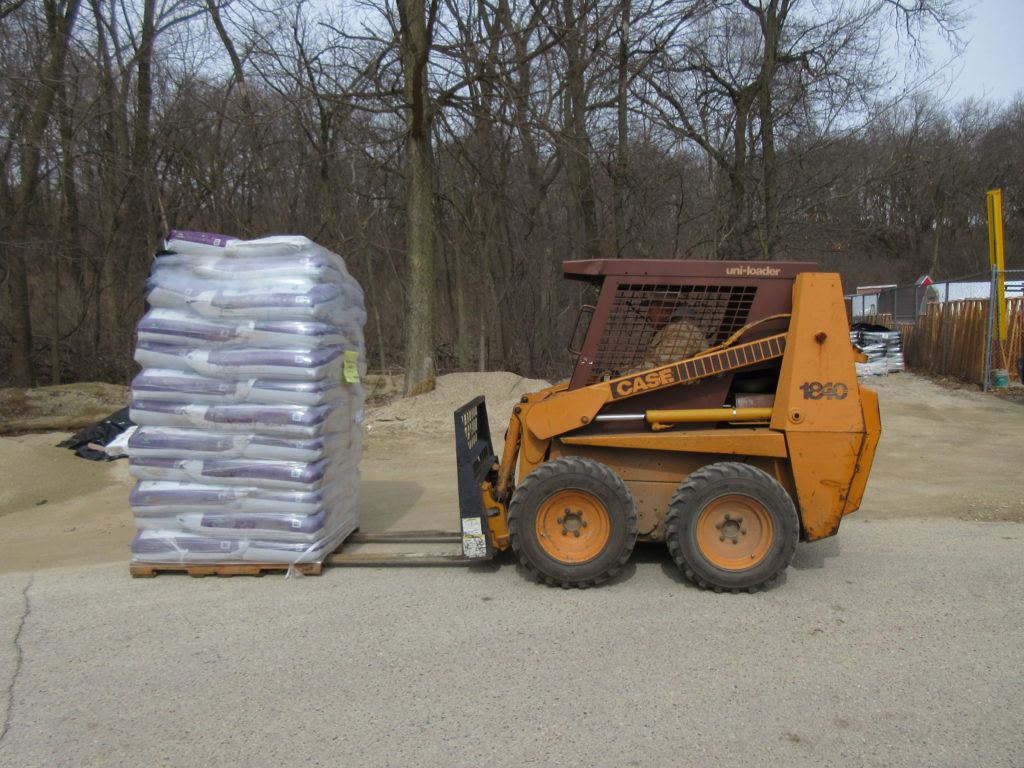
the potting soil has arrived!
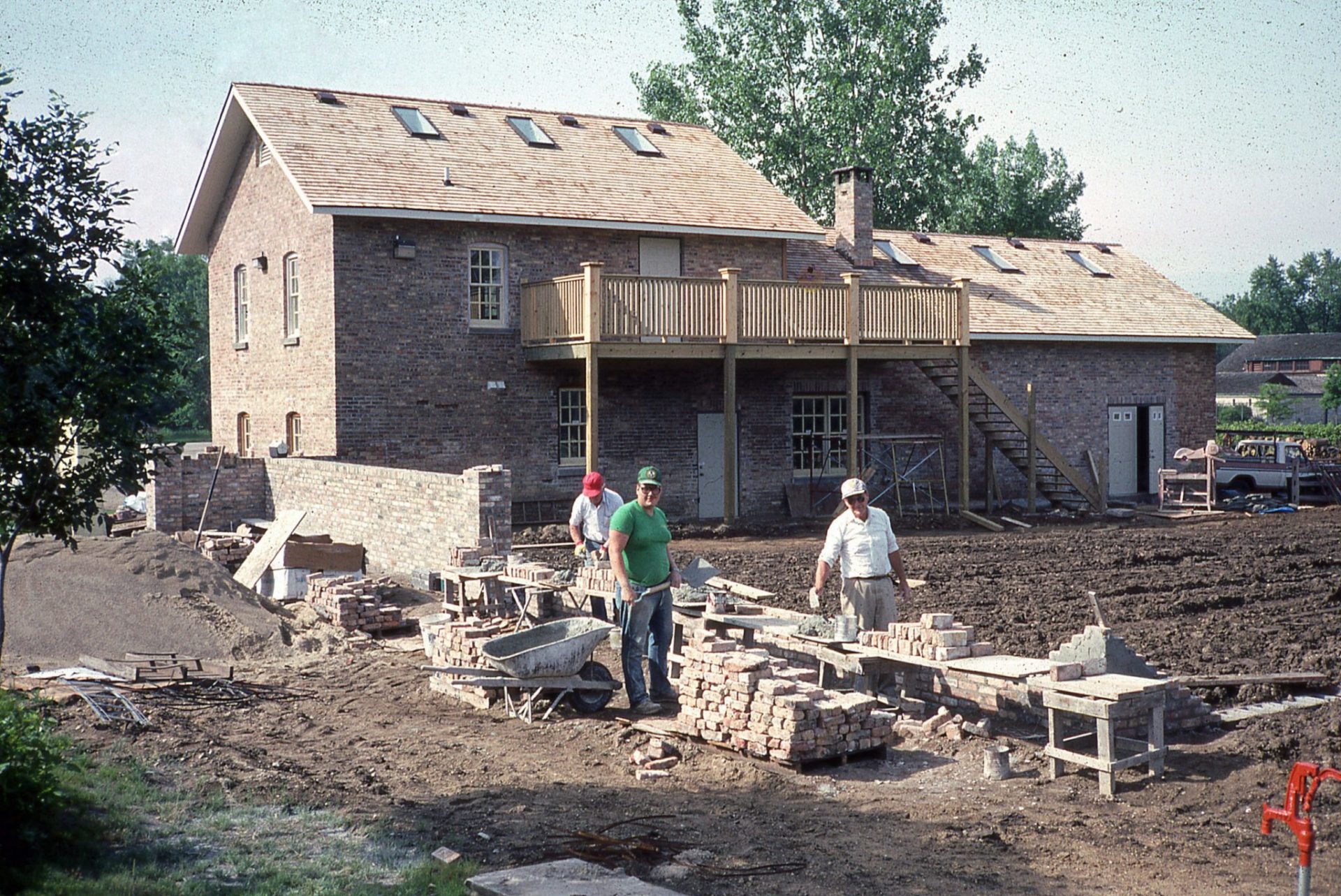
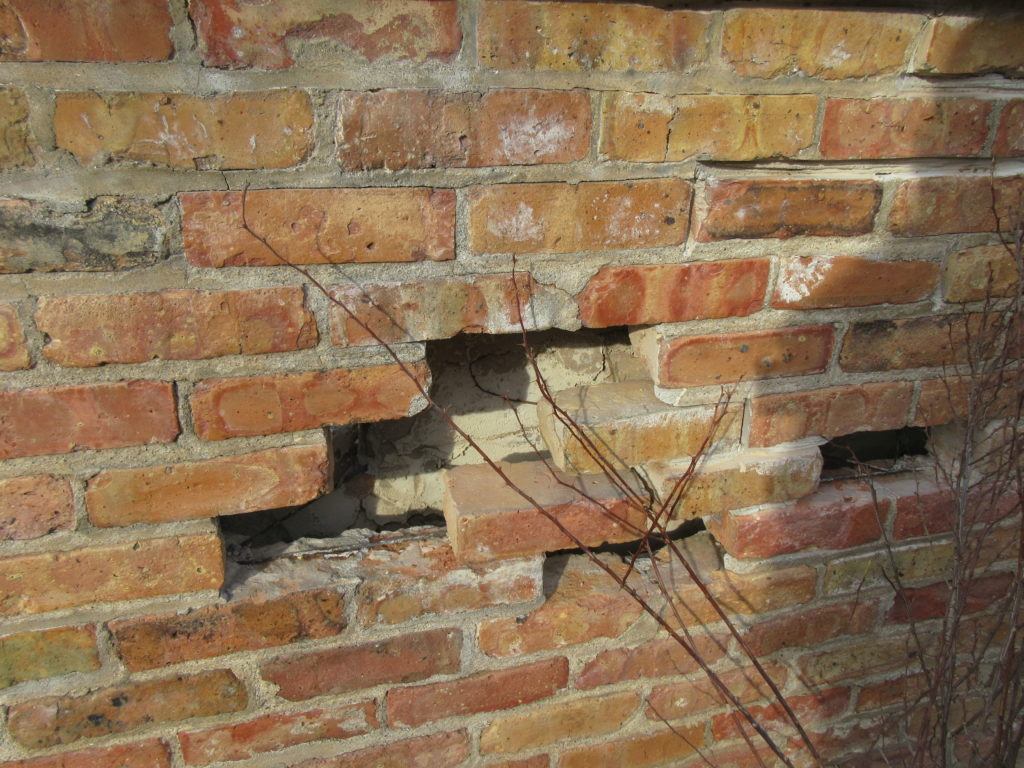
Just a little “behind-the-scenes” update that spring is hitting full speed at the gardens in many ways. Bulbs are emerging quickly with many of our earliest bulbs like snowdrops (Galanthus sp.), Danford irises (Iris danfordiae), winter aconites (Eranthis hyemalis) and glory-in-the-snow (Chionodoxa) blooming strongly. We now also have the start of Siberian squill (Scilla siberica), striped squill (Puschkinia libanotica), crocuses (Crocus sp.) and much more! Some of these gems can be seen at the bottom of this post (photos from last week).
We are also having some much needed work done on the original brick walls surrounding the English cottage garden. This donor-funded project has been much needed over the last couple of years as we’ve had some bricks in this wall crack and pulverize. The mortar also needed some tuck pointing updates as well. The original wall was built in 1989 with help from the General Motors Jobs Bank program, volunteer masons Harold Todd and Cal as well as participants in the Wisconsin Conservation Corps. The seven photos below show the early days of the English cottage garden wall. The other photos show the current work being done on the wall to replace bricks and address tuck pointing needs as are necessary.
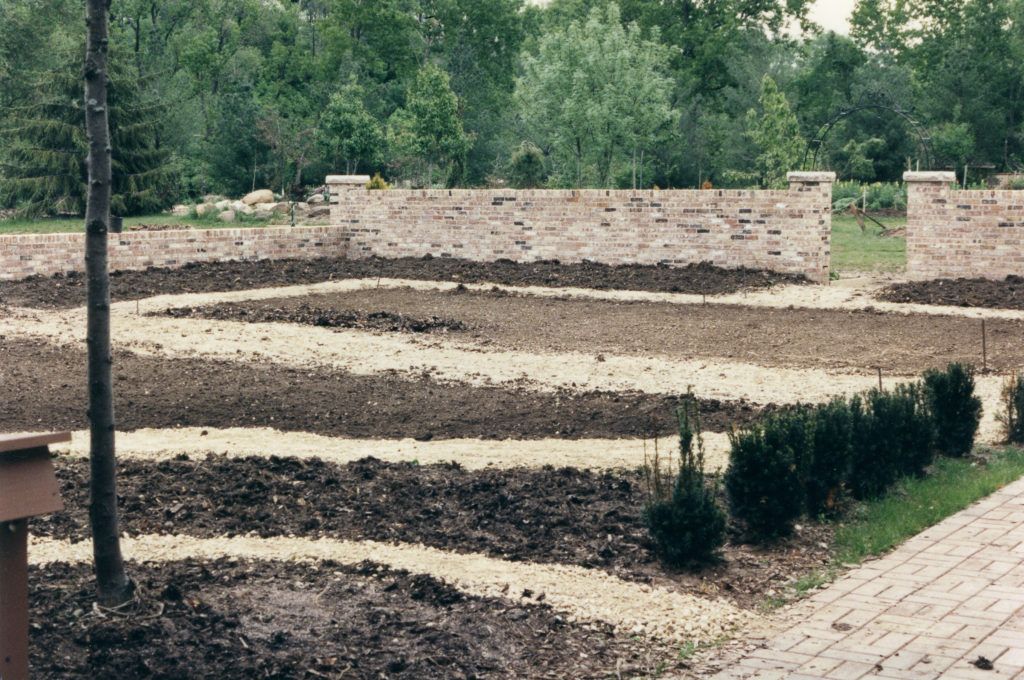
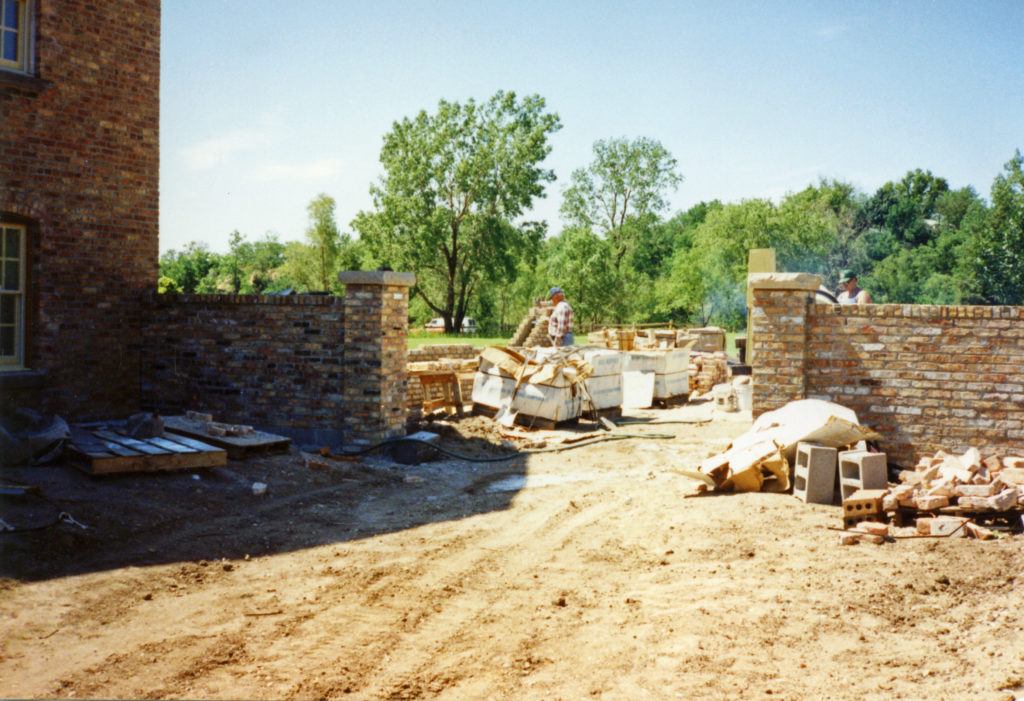
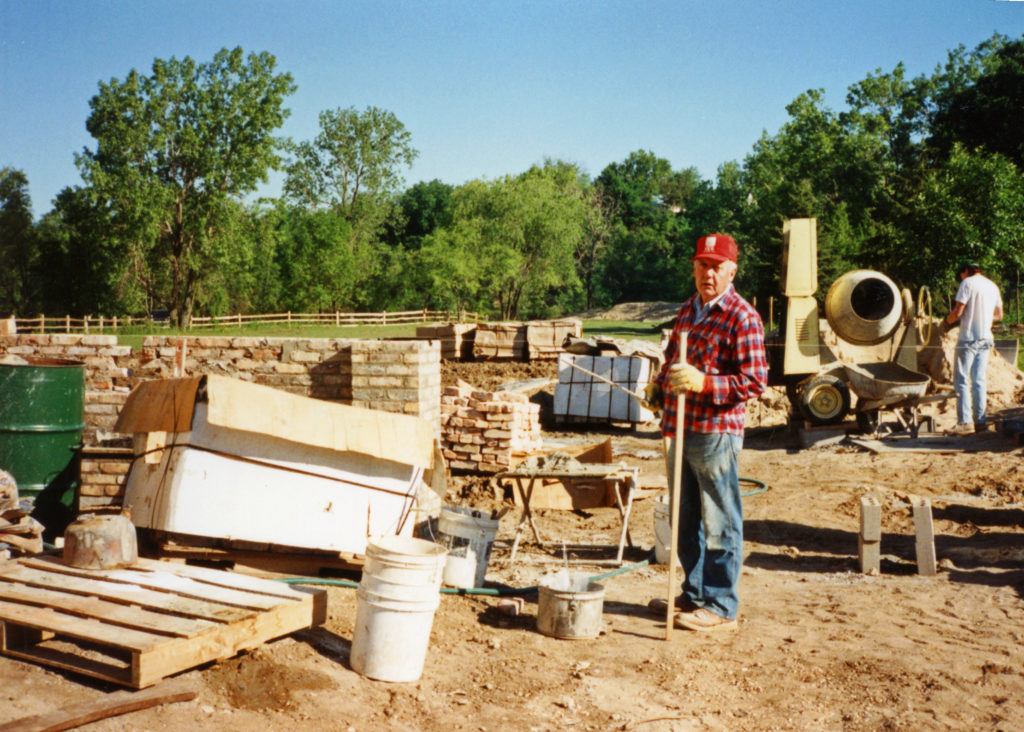
Harold Todd (above)
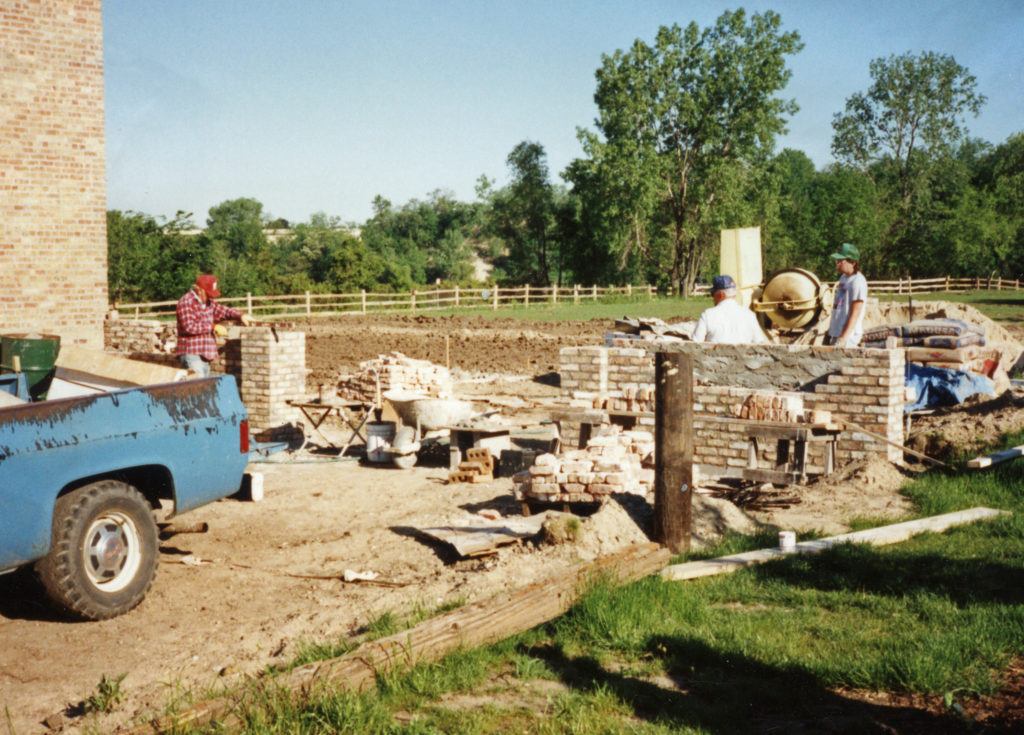
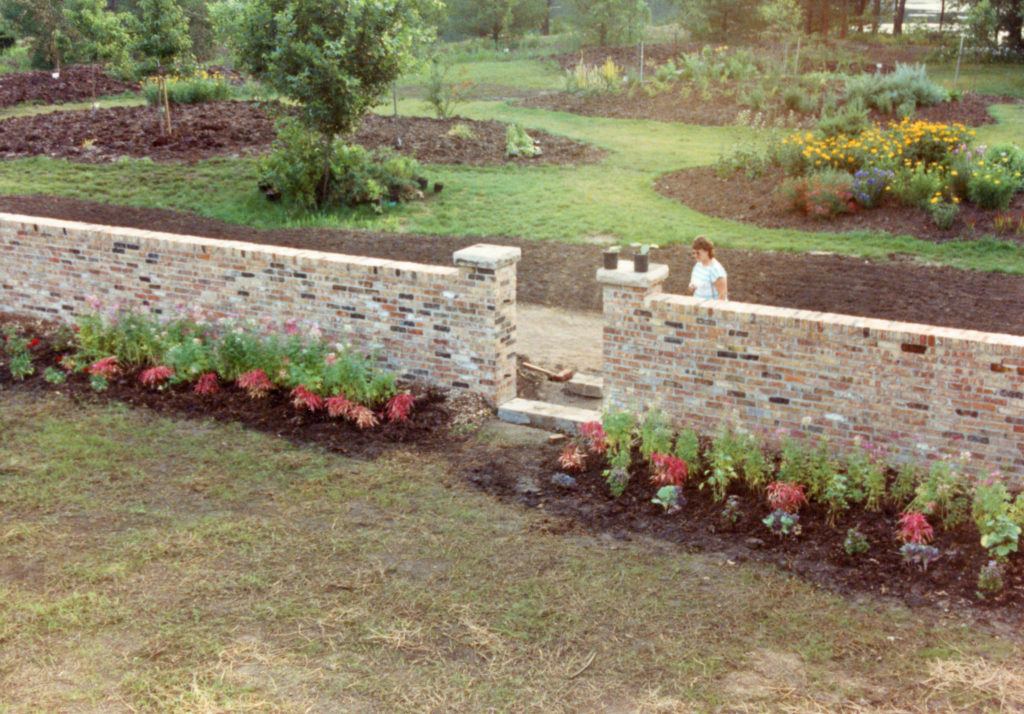
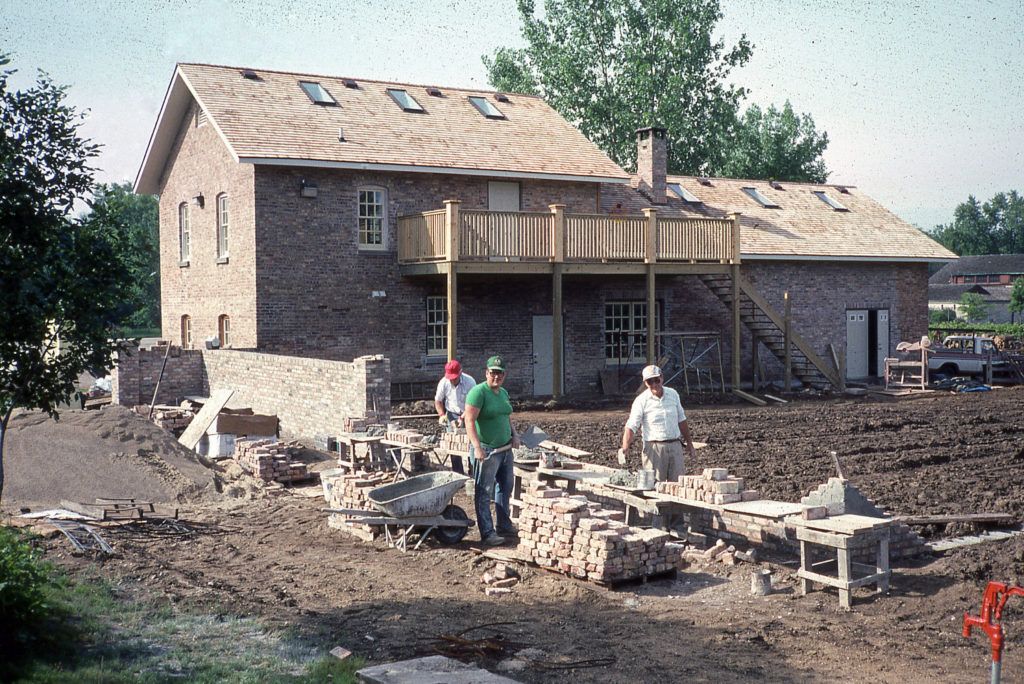
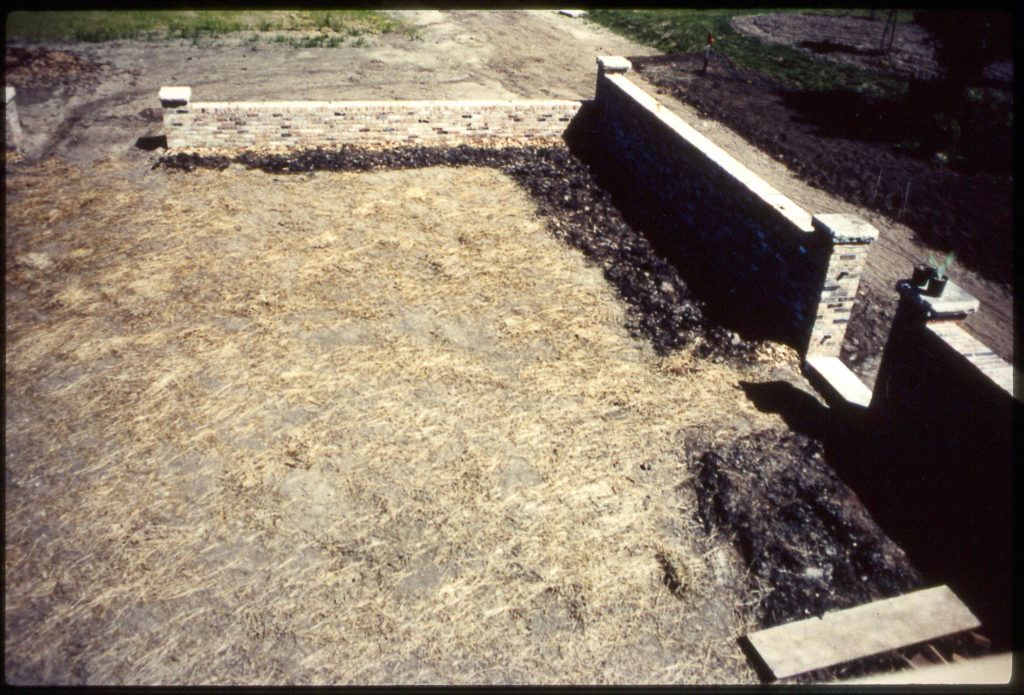
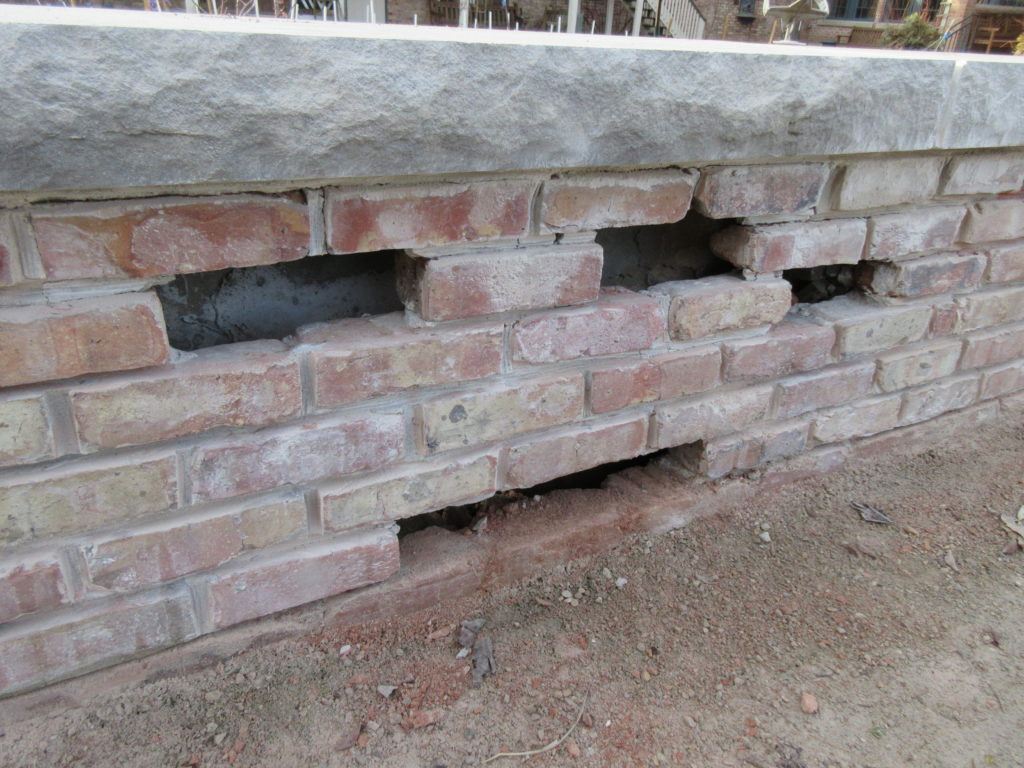
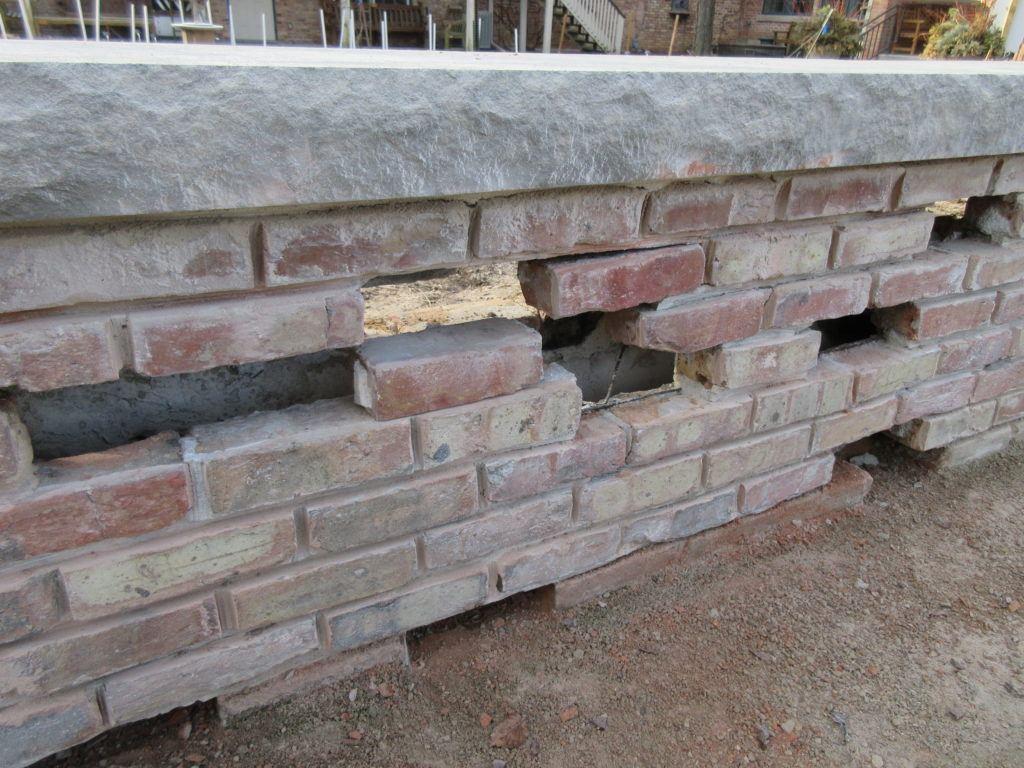
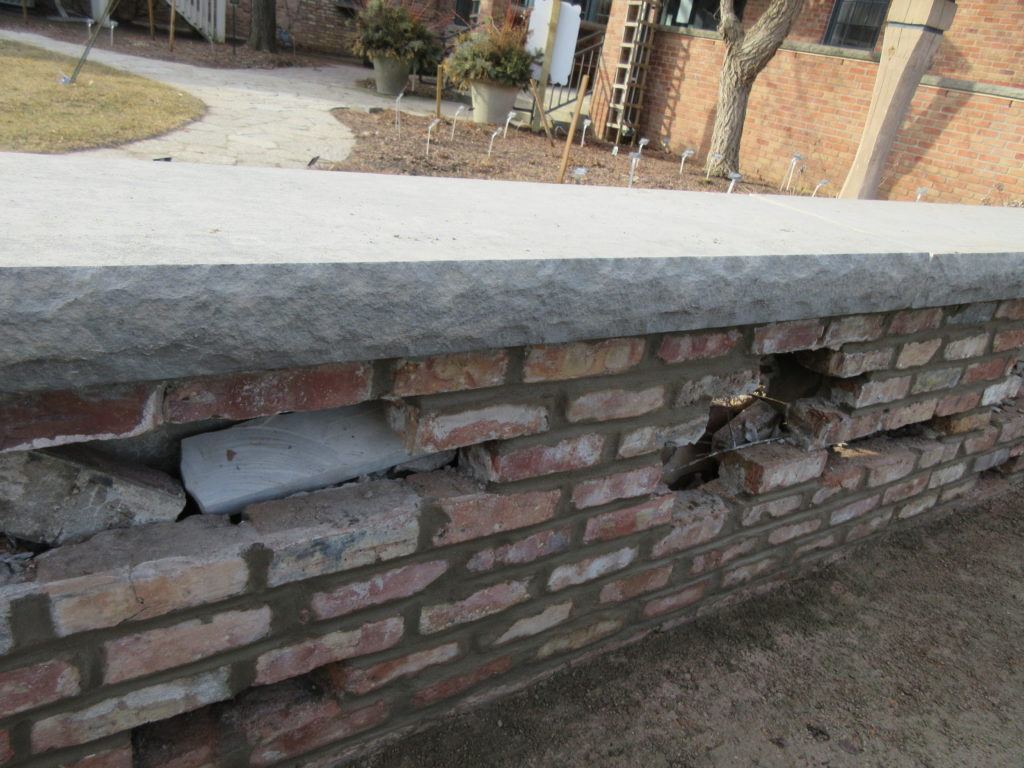
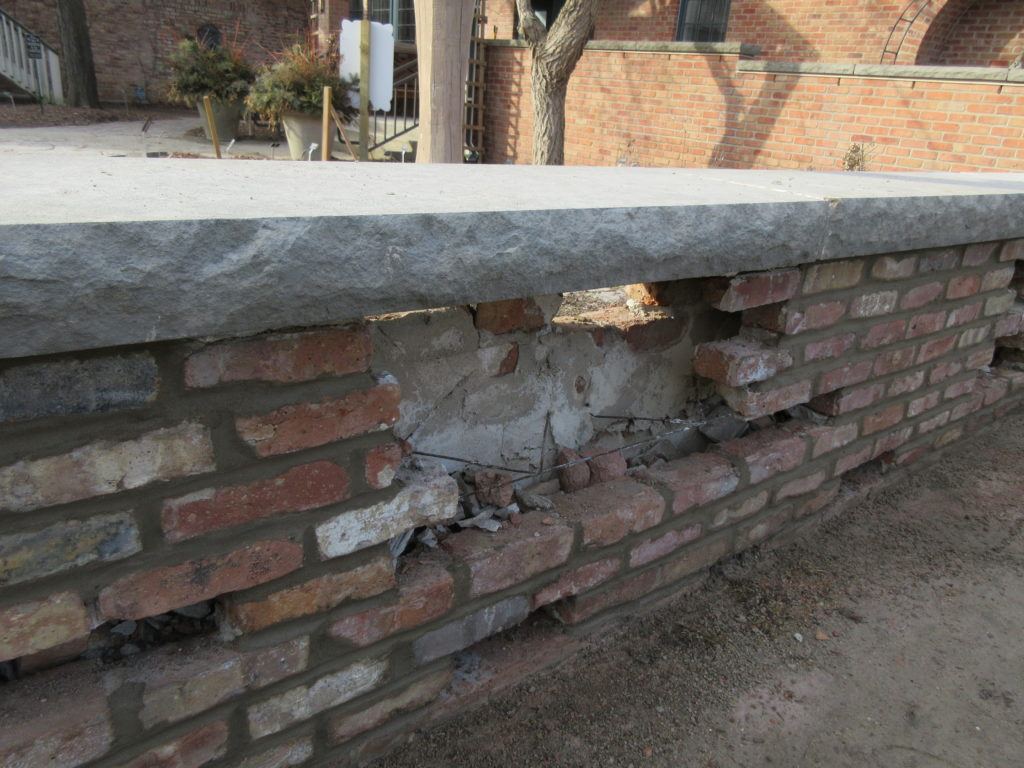
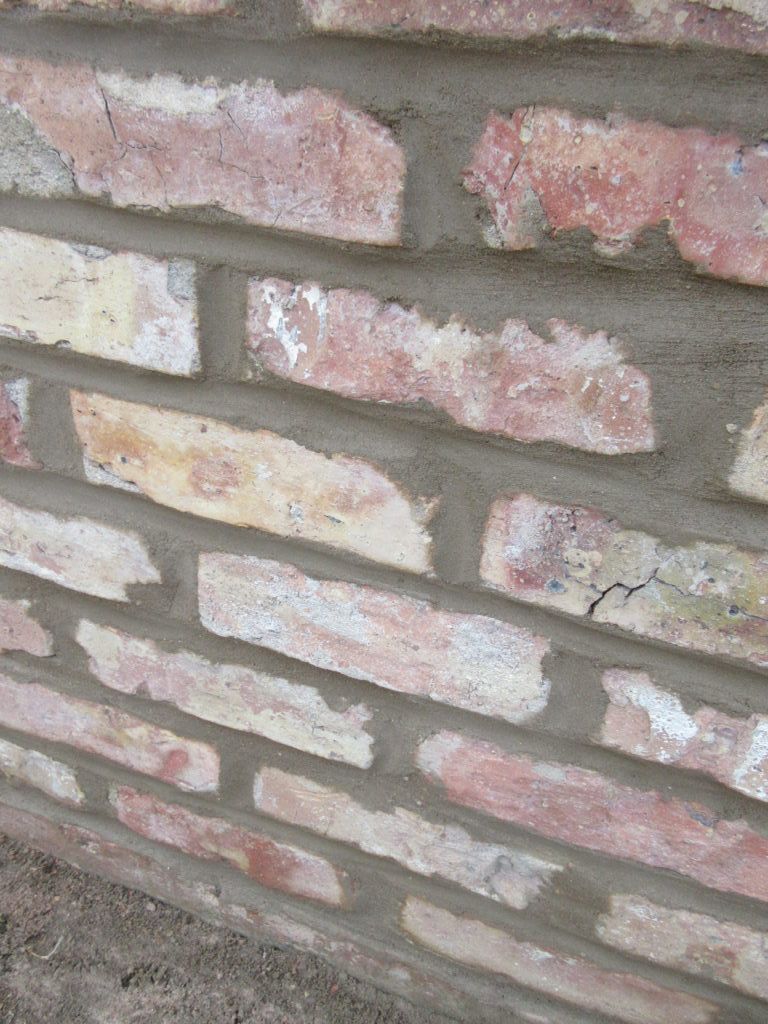
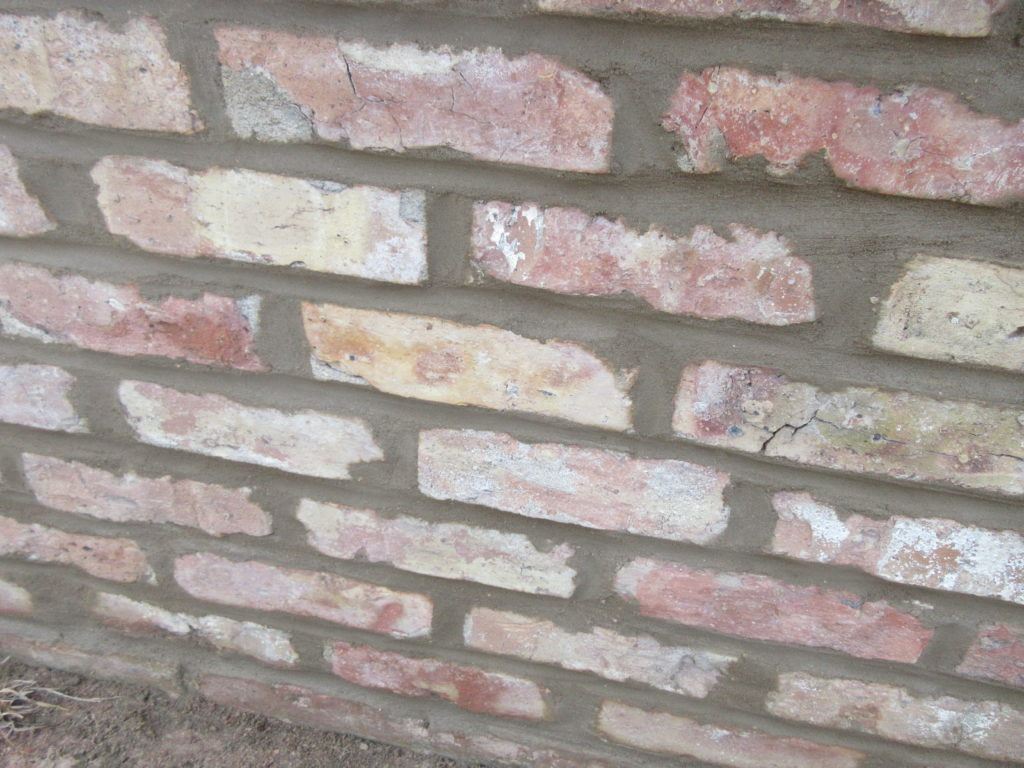
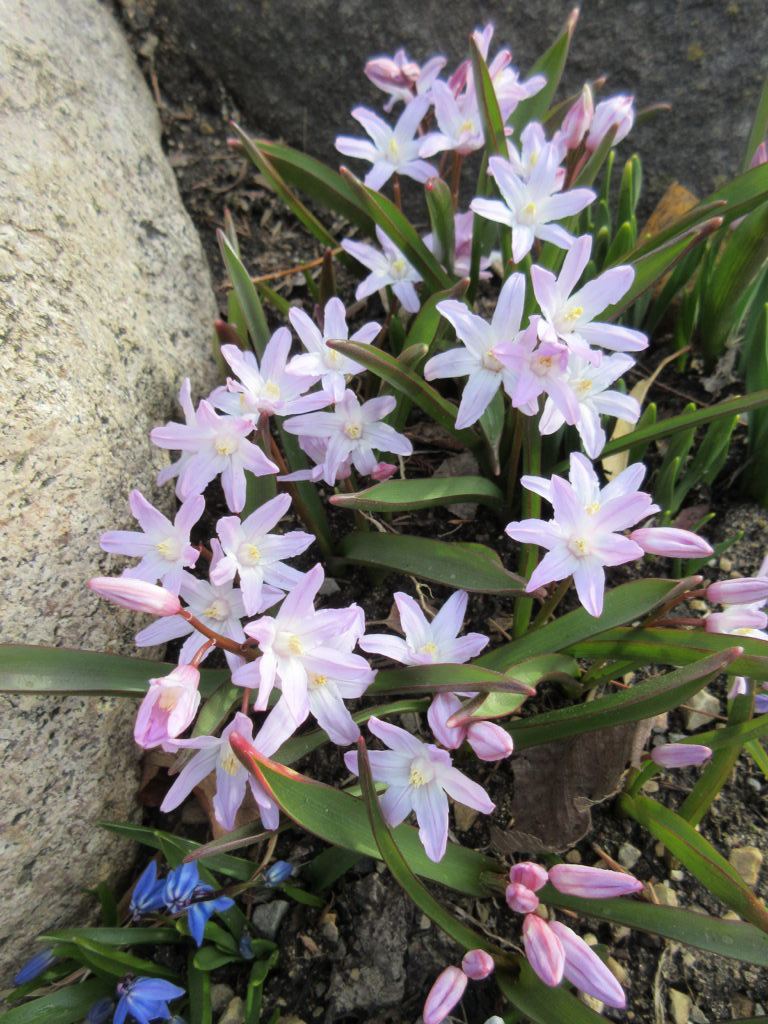
‘Pink Giant’ glory-of-the-snow (Chionodoxa forbesii)
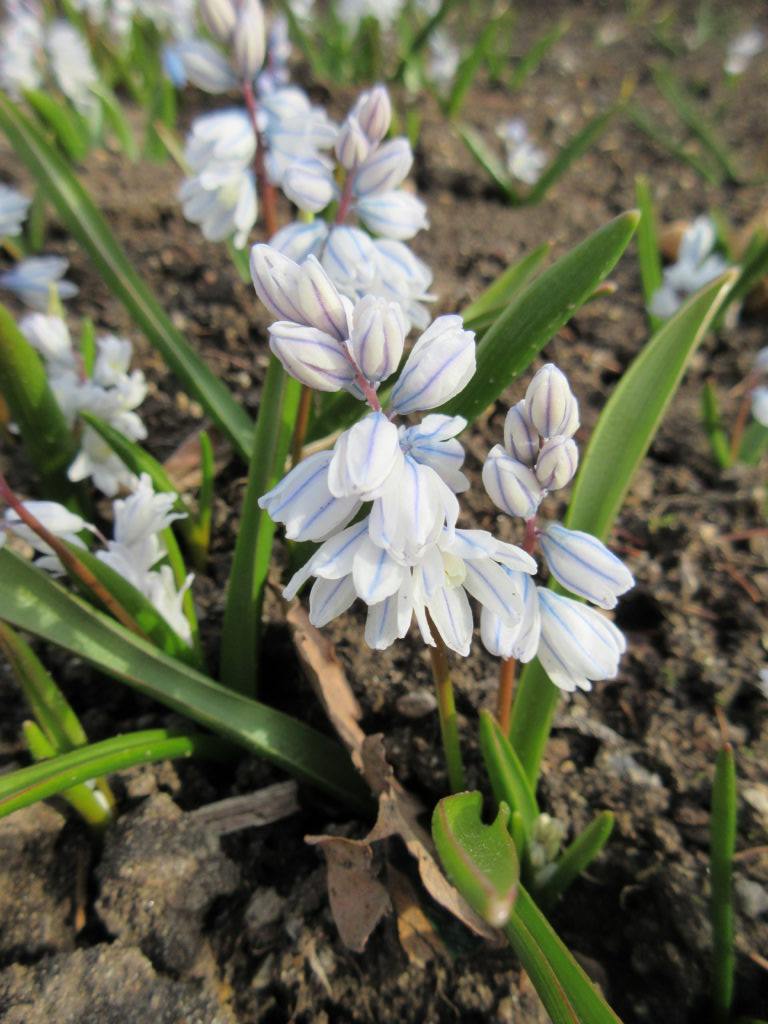
striped squill (Puschkinia libanotica)
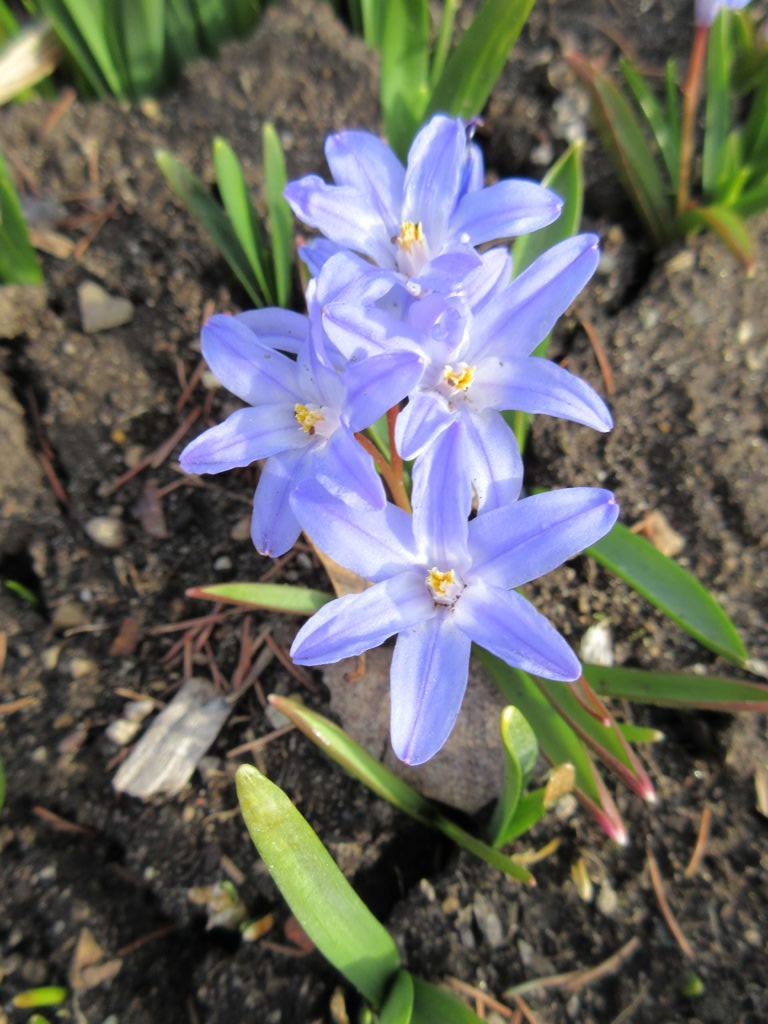
‘Blue Giant’ glory-of-the-snow (Chionodoxa forbesii)
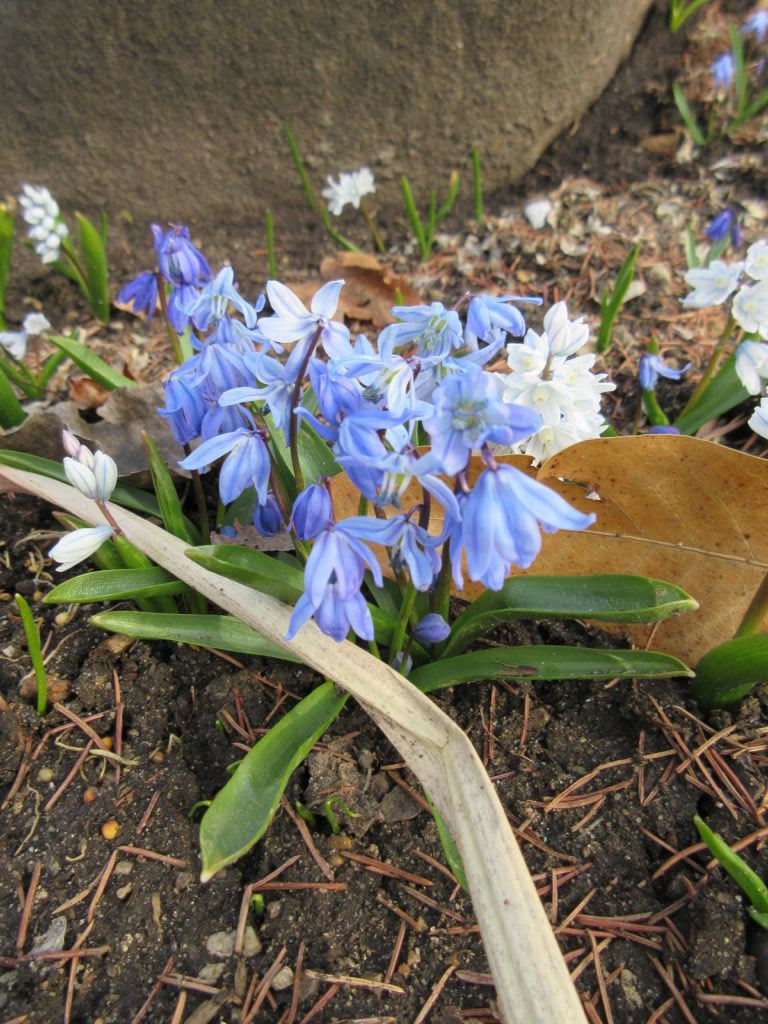
Siberian squill (Scilla siberica)
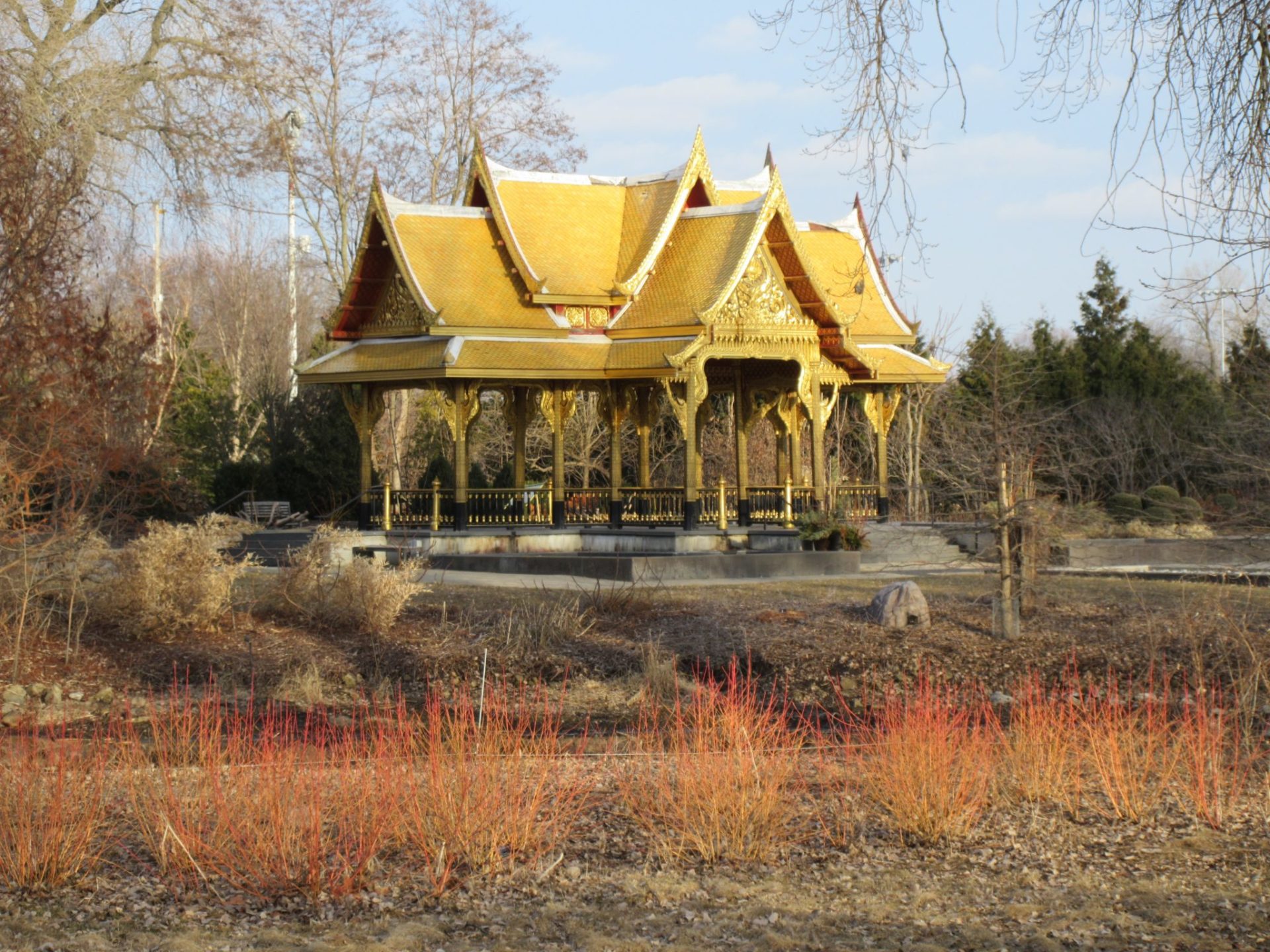
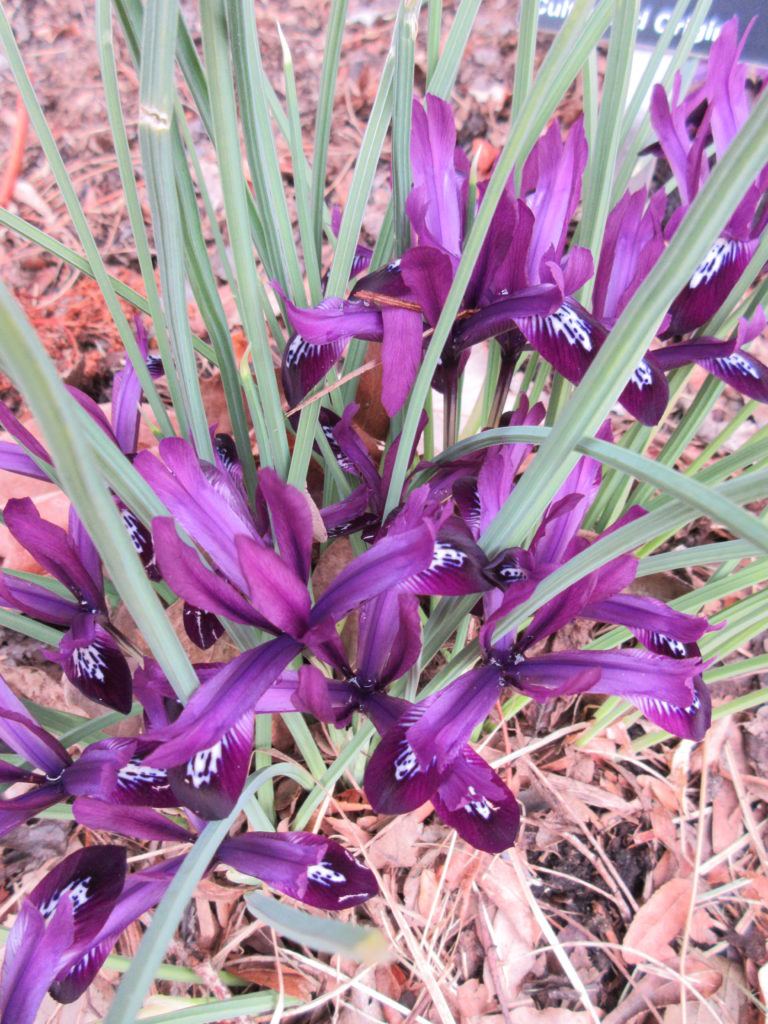
Last night I did a presentation up at Olbrich Botanical Gardens (Madison, WI) and I’m glad I took my camera. I had a brief 30 minutes out in the gardens but was able to catch the early evening lighting and saw lots of interesting things out in the gardens. Above is the ‘Harmony’ reticulated iris (Iris reticulata) starting to bloom. There was plenty to see and I look forward to my 4-5 additional visits to Olbrich throughout the year to catch the transitioning seasons and color. My talk on “Incorporating Fragrance in to the Garden” seemed well received.
I had another partial day today but there was plenty of activity out in the gardens. Larry H., Larry O., Bobby K. and I represented the grounds staff with plenty of action all around. Dick H. was in to cut down a tree with Larry O. while Bobby K. and Larry H. helped with some trenching work to install some new electrical service. Kathy P. and Kay were in for gardening work as was Dr. Gredler. Urban came in for more pruning and Dennis continues his improvements on the slopes above the gazebo garden and North path. We also saw Becky and many others today.
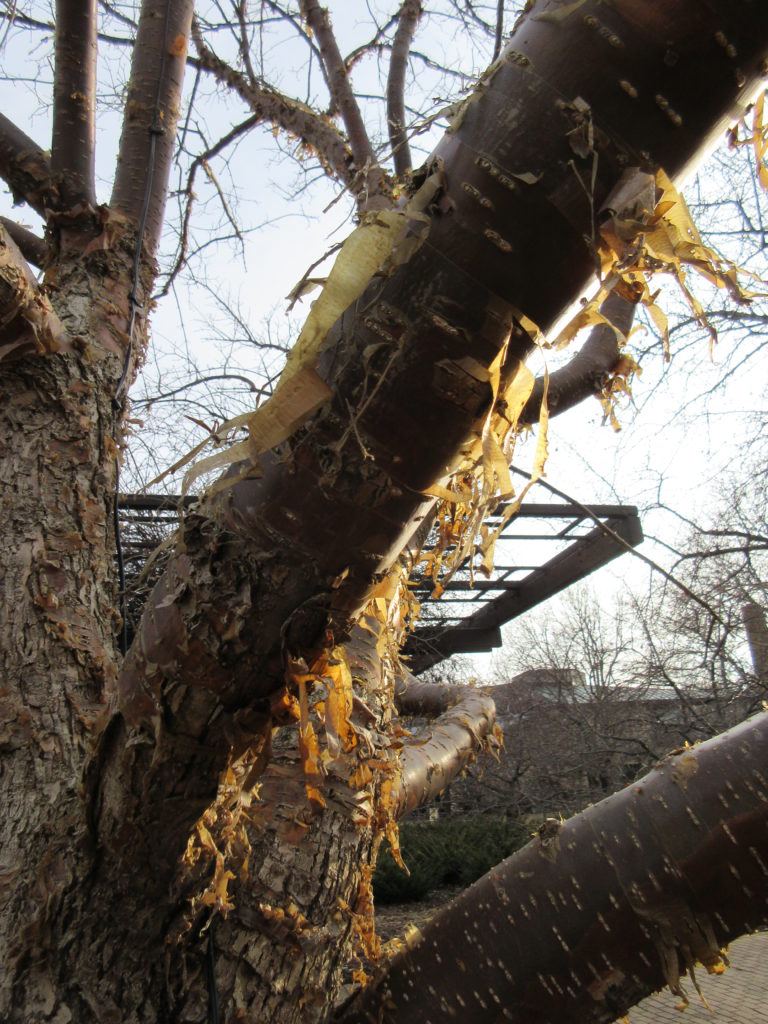
CHINA SNOW™ Peking lilac (Syringa pekinensis ‘Morton’) – woody tree
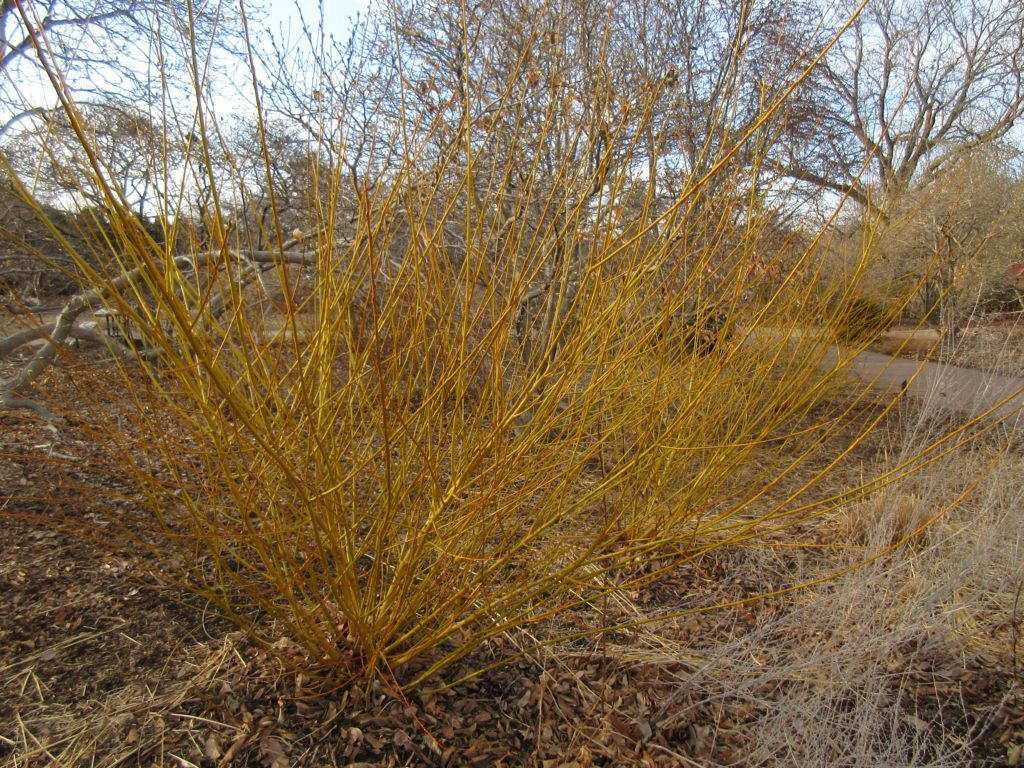
yellow-stemmed dogwoods (Cornus sp.) – woody shrubs
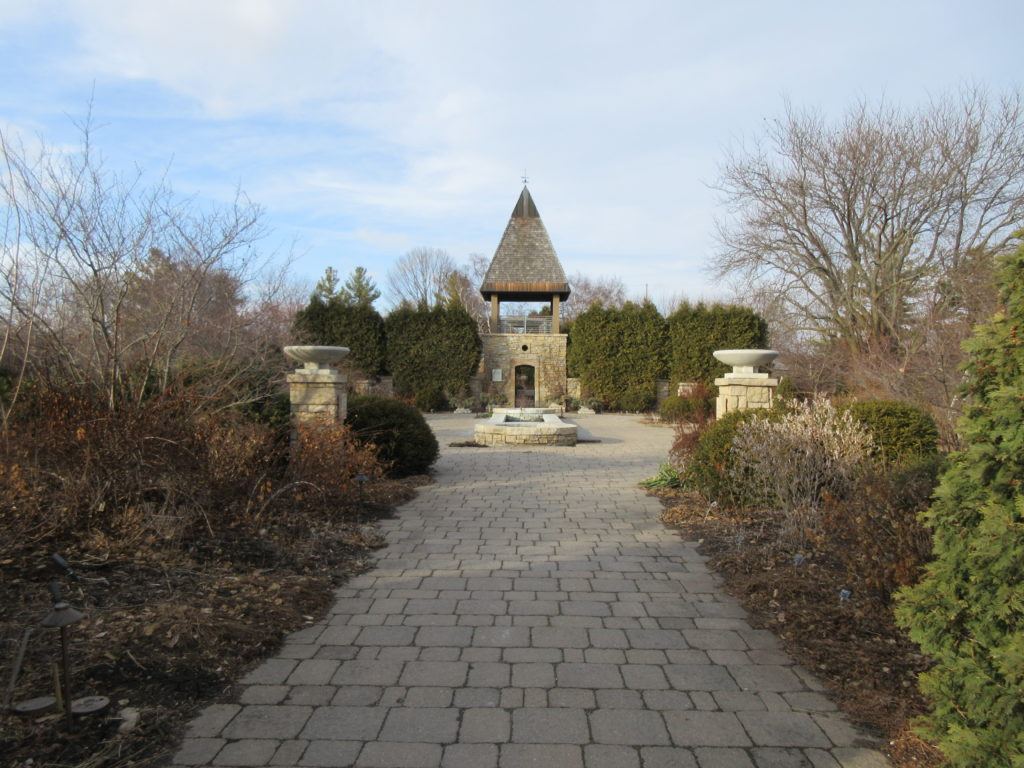
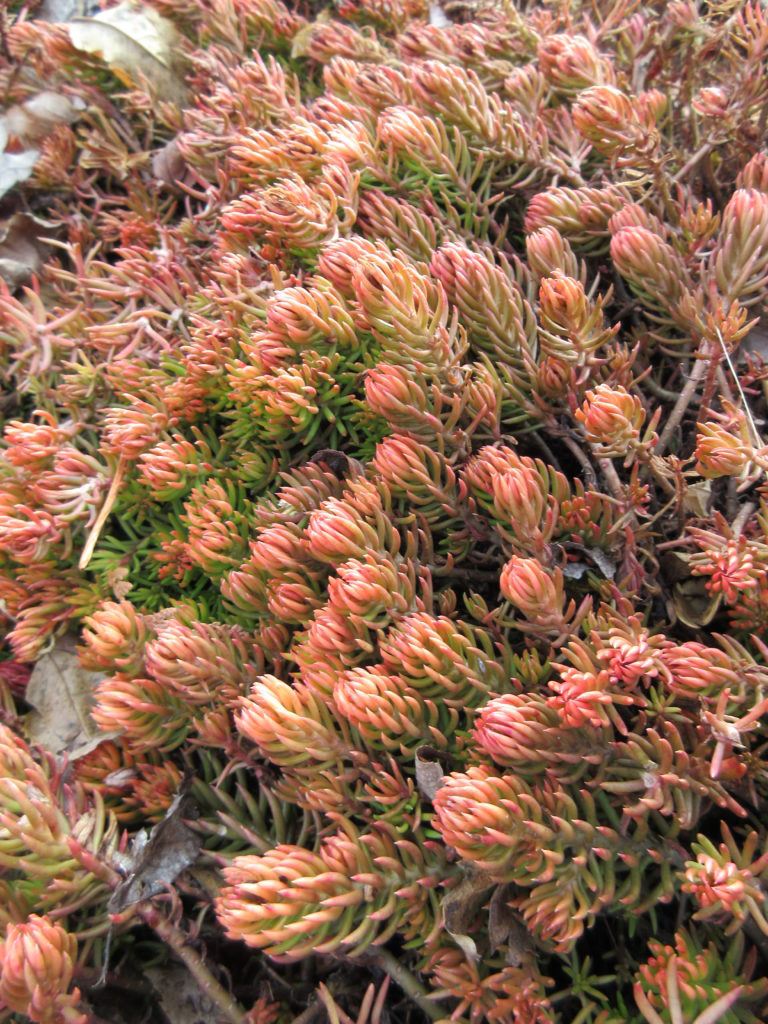
winter color of ‘Angelina’ stonecrop (Sedum rupestre) – perennial
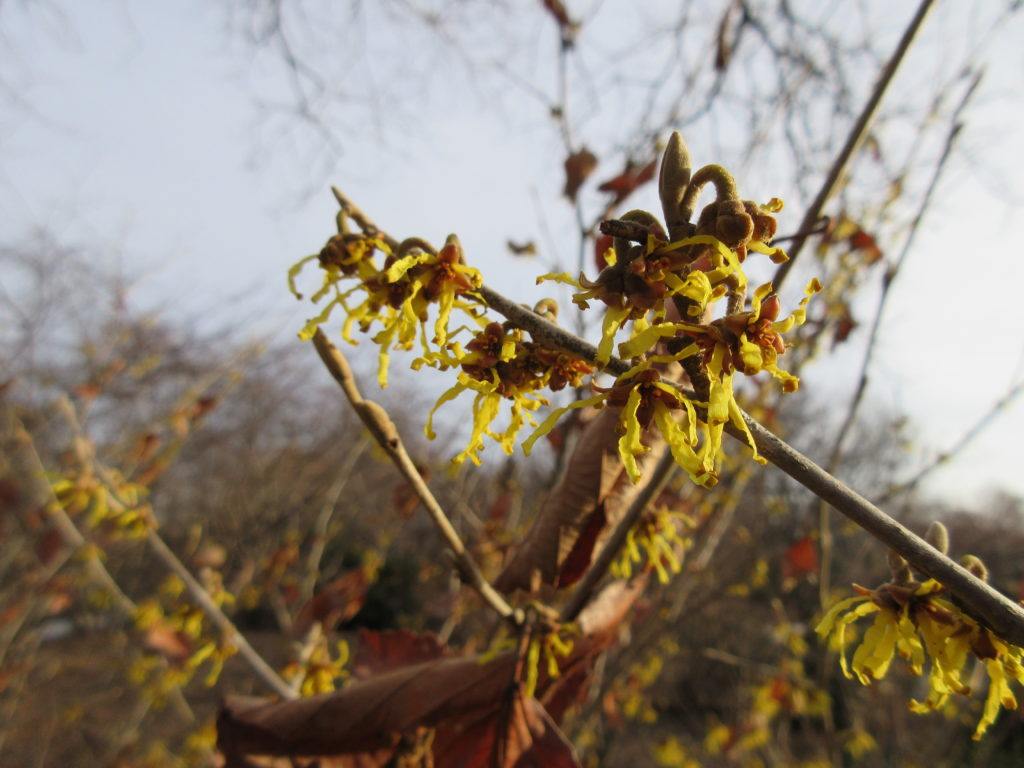
‘Arnold Promise’ witchhazel (Hamamelis x intermedia) – woody shrub
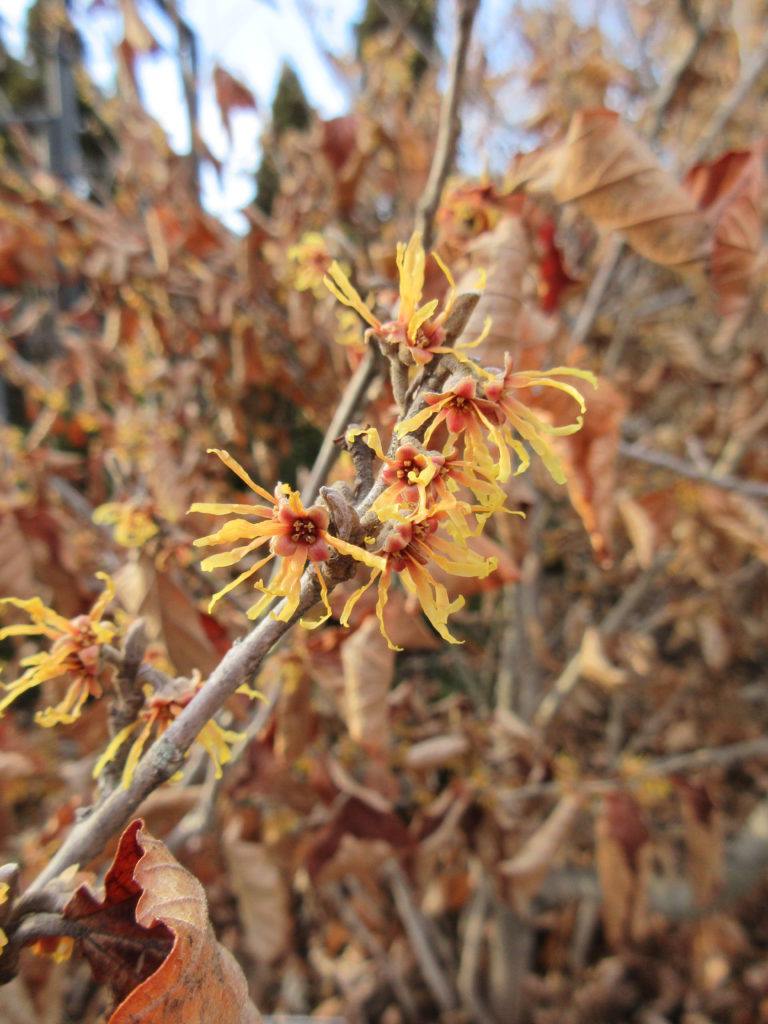
‘Autumn Embers’ vernal witchhazel (Hamamelis vernalis) – woody shrub
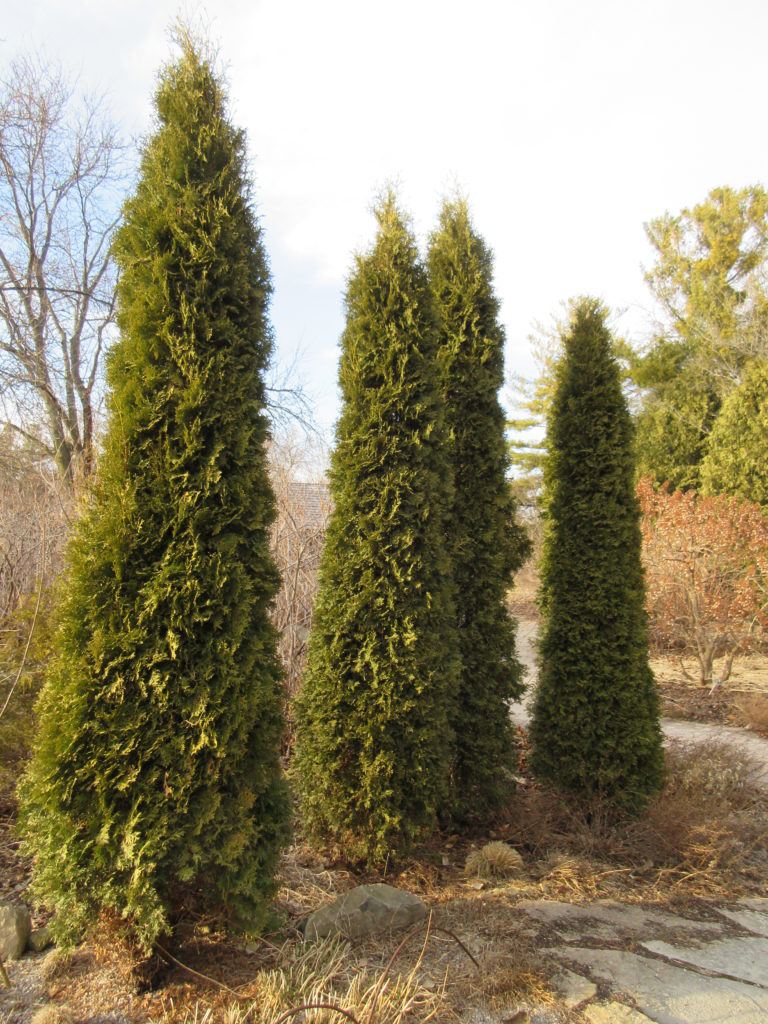
North Pole® arborvitae (Thuja occidentalis ‘Art Boe’) – woody tree
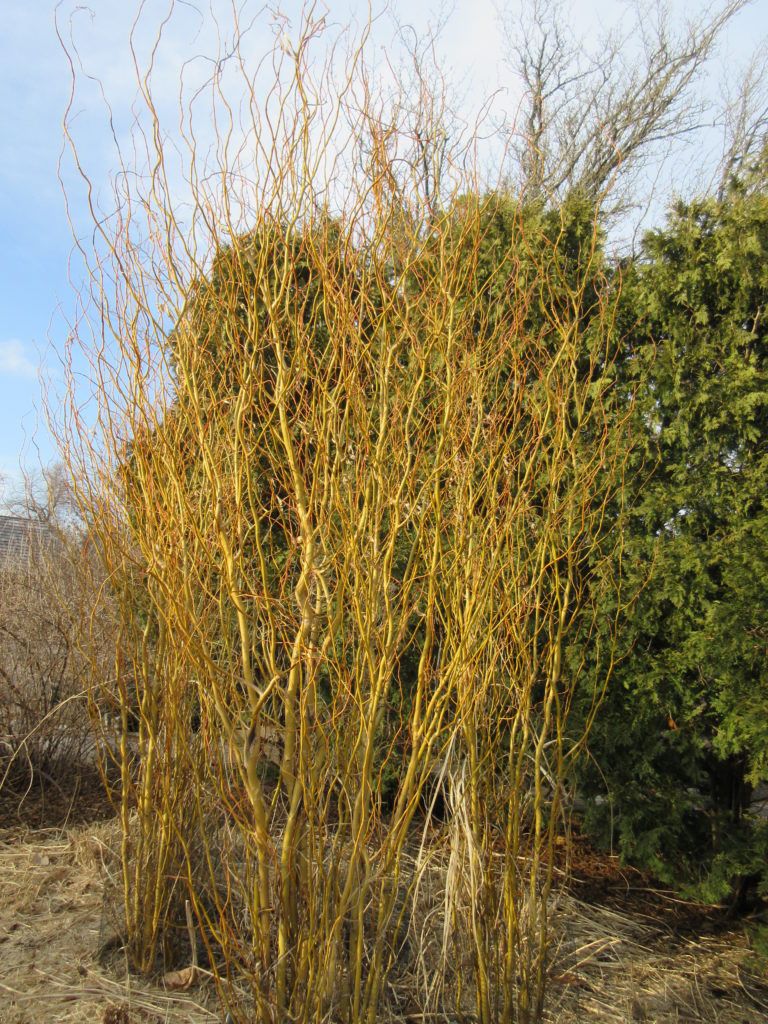
‘Swizzle Stick’ willow (Salix alba) – woody shrub/tree
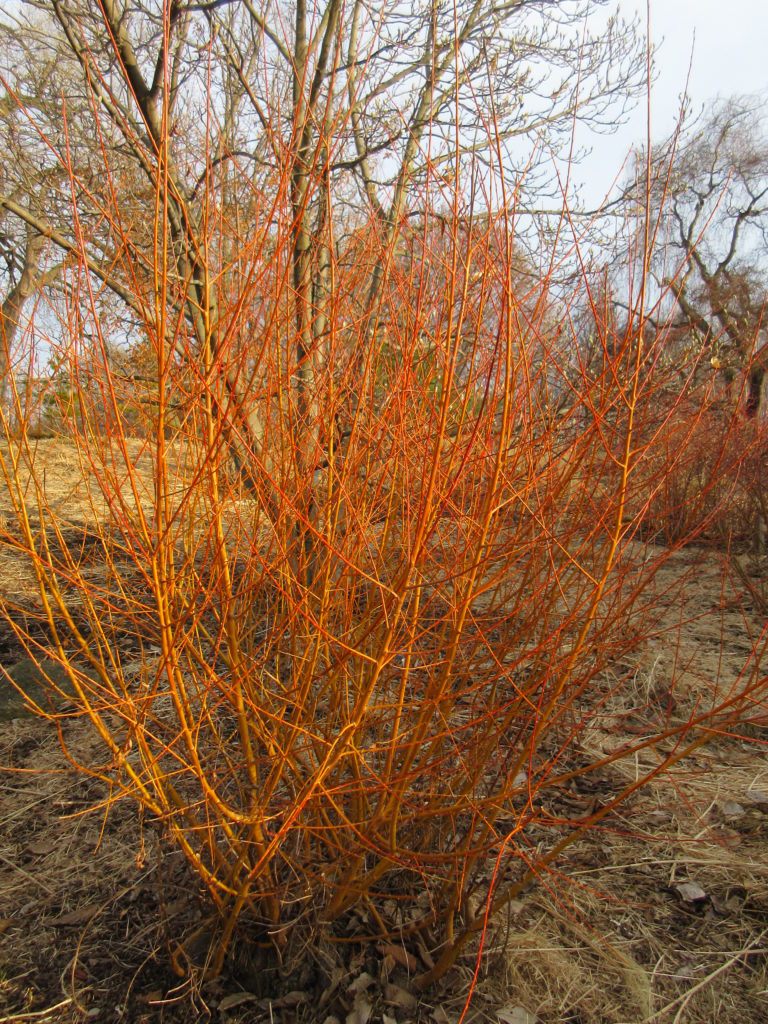
coralbark willow (Salix alba subsp. vitellina ‘Britzensis’) – woody shrub
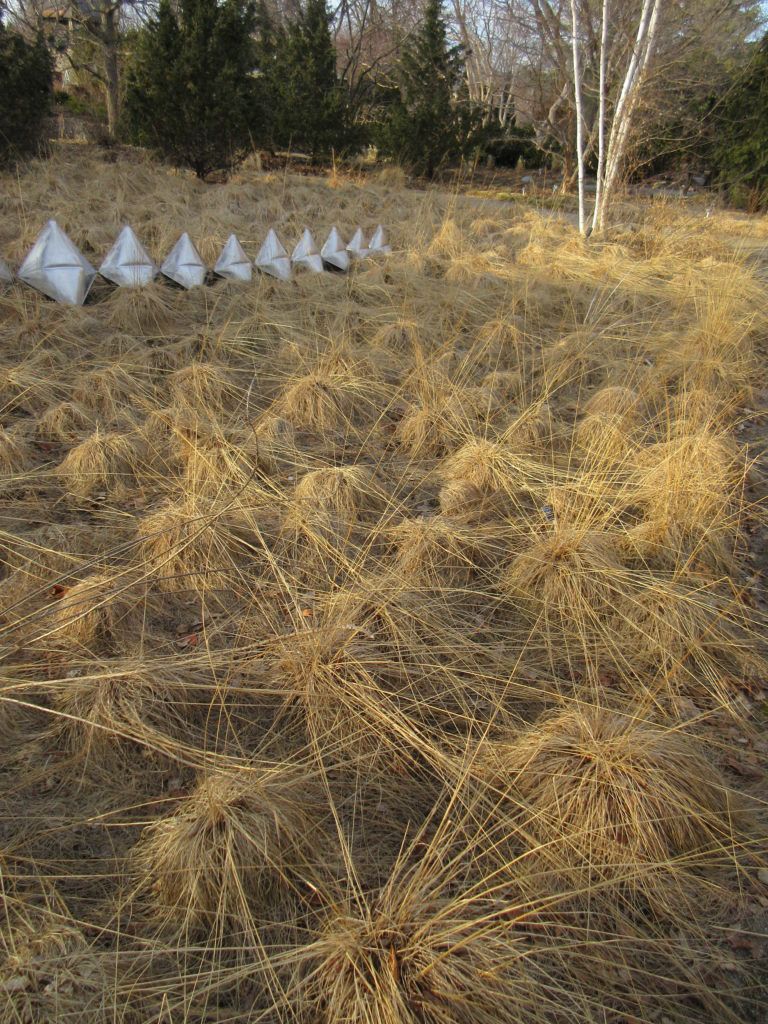
patch of prairie dropseed (Sporobolus heterolepis) – perennial
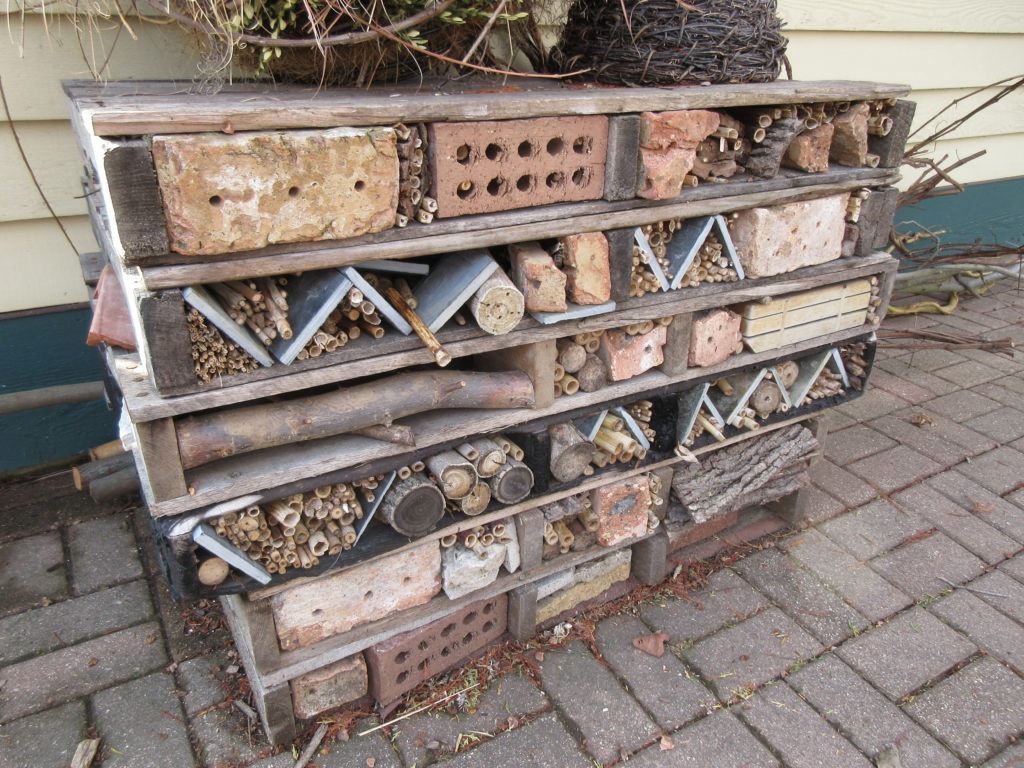
a “pollinator hotel”
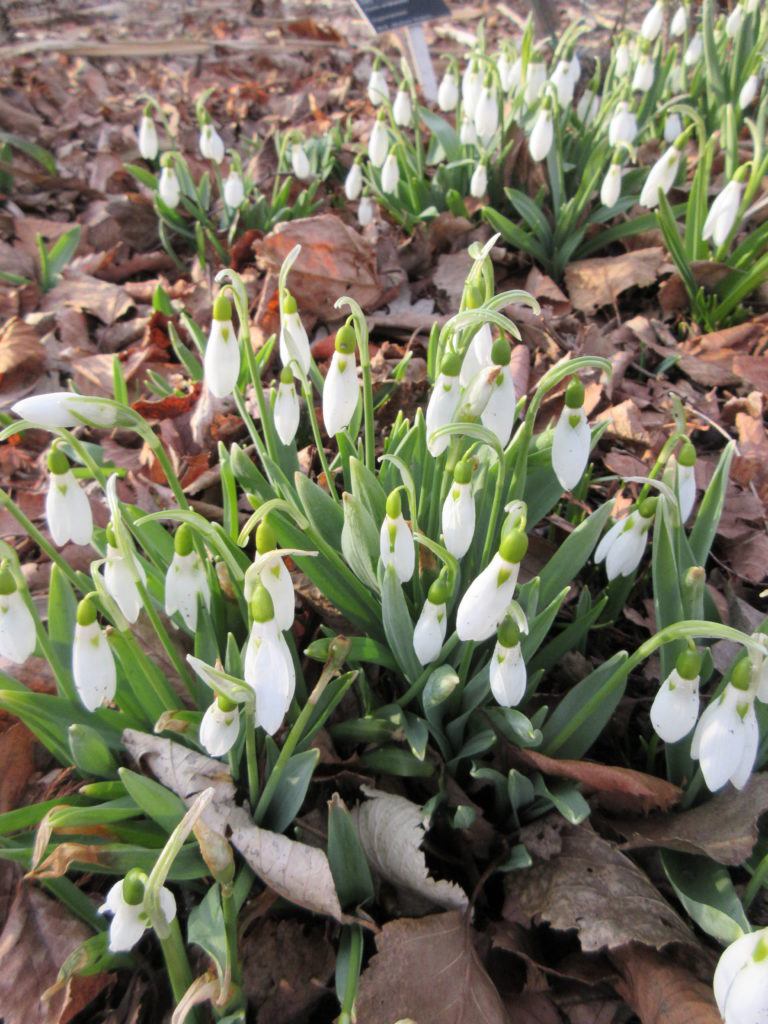
snowdrops (Galanthus sp.)
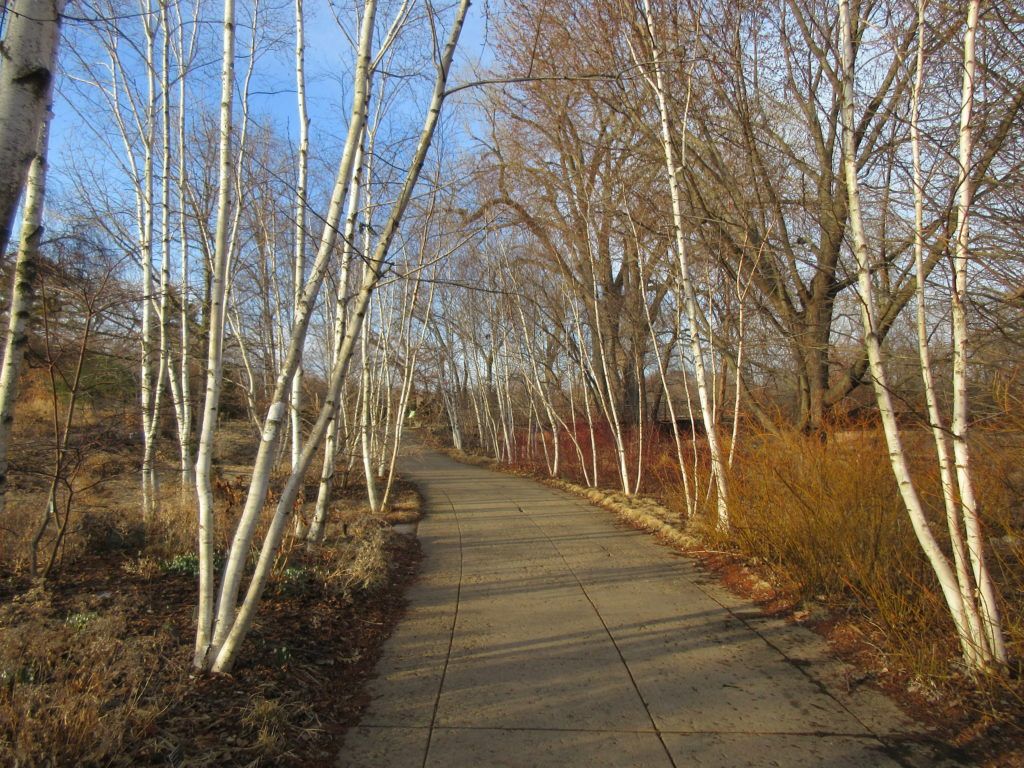
nice grove of Renaissance Reflection® paper birches (Betula papyrifera ‘Renci’) – woody trees
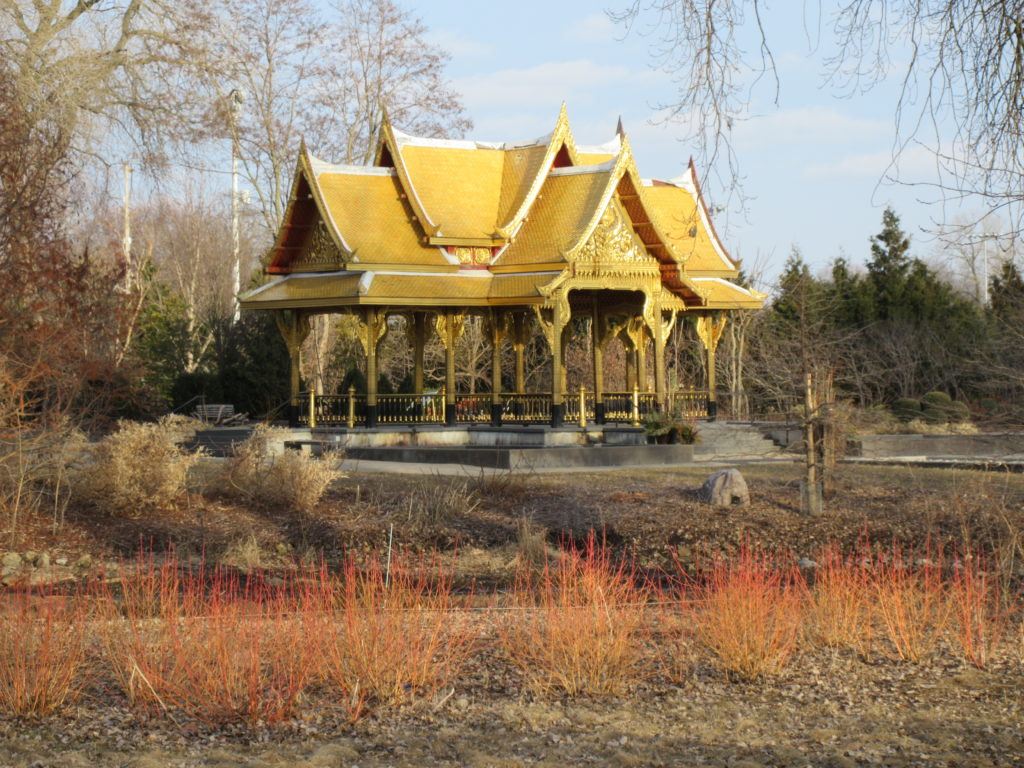
the Thai Pavilion
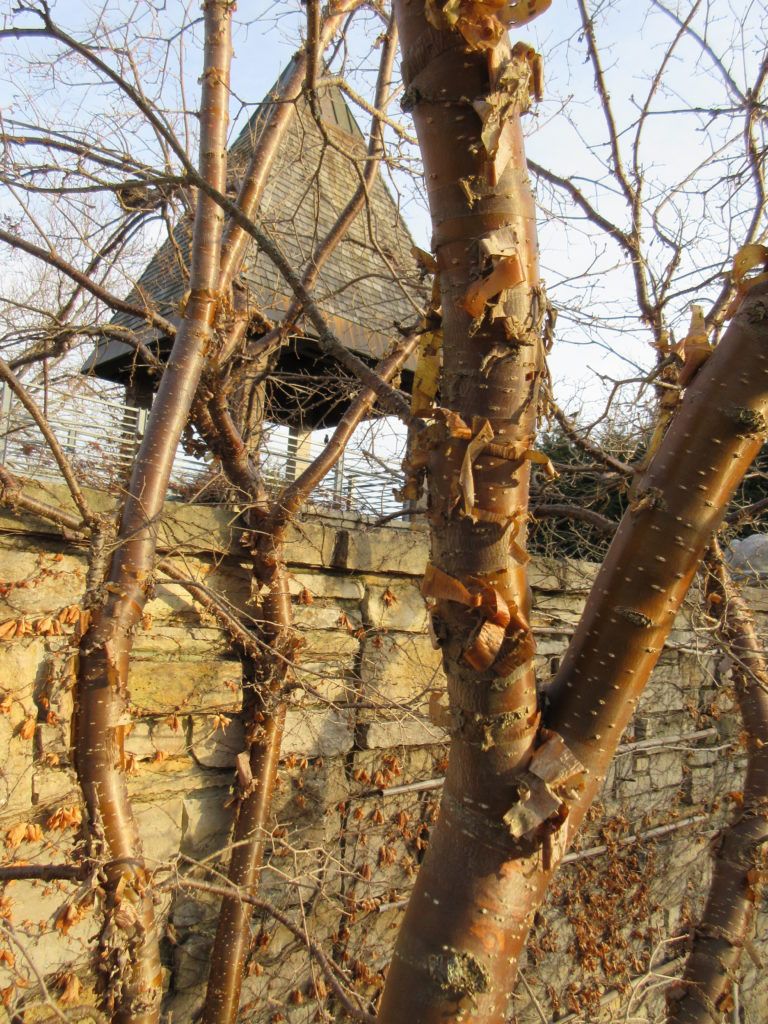
CHINA SNOW™ Peking lilac (Syringa pekinensis ‘Morton’) – woody tree
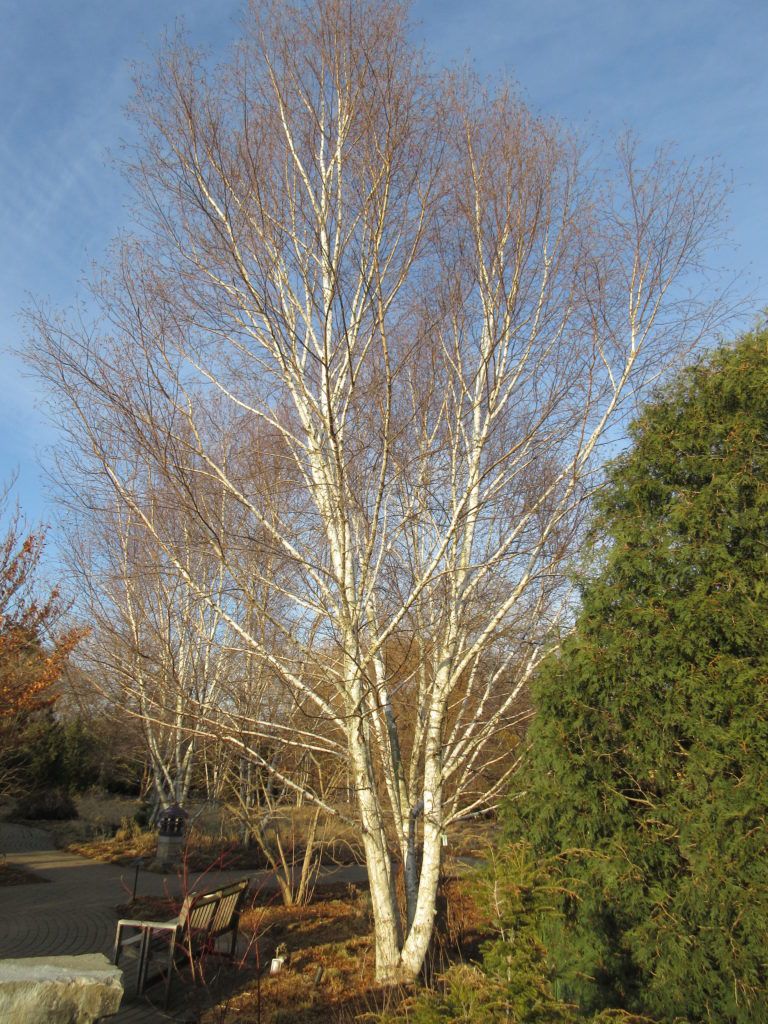
White Satin™ birch (Betula utilis ‘Madison’) – woody tree
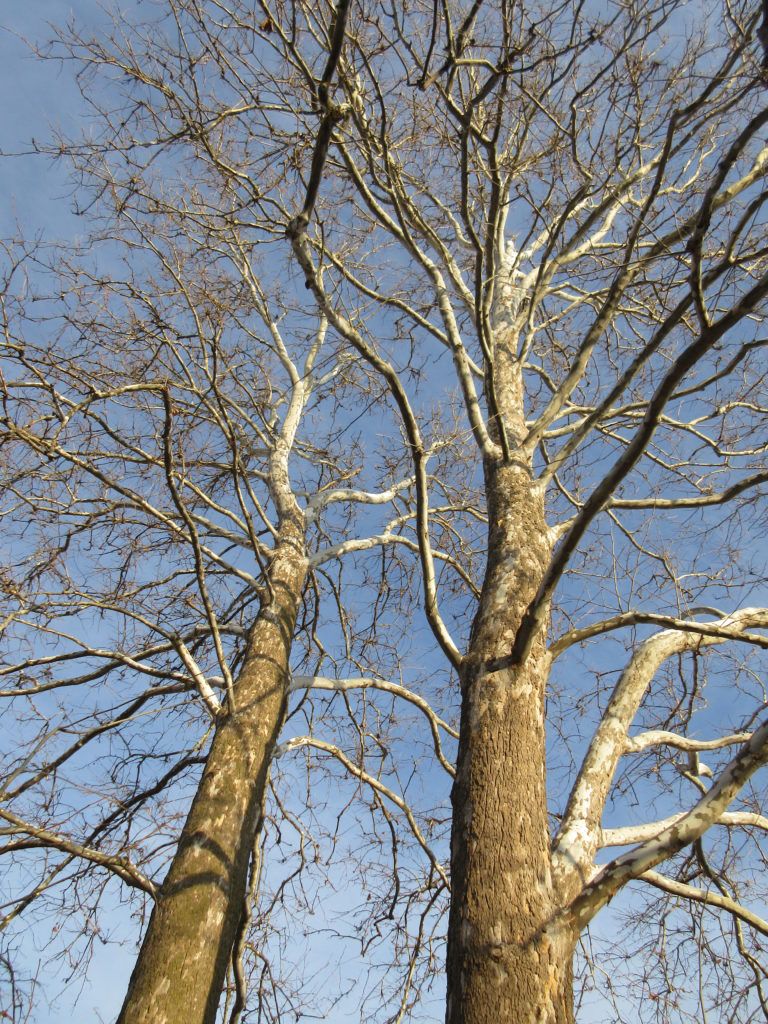
large sycamore (or maybe a London planetree….they look a lot alike)
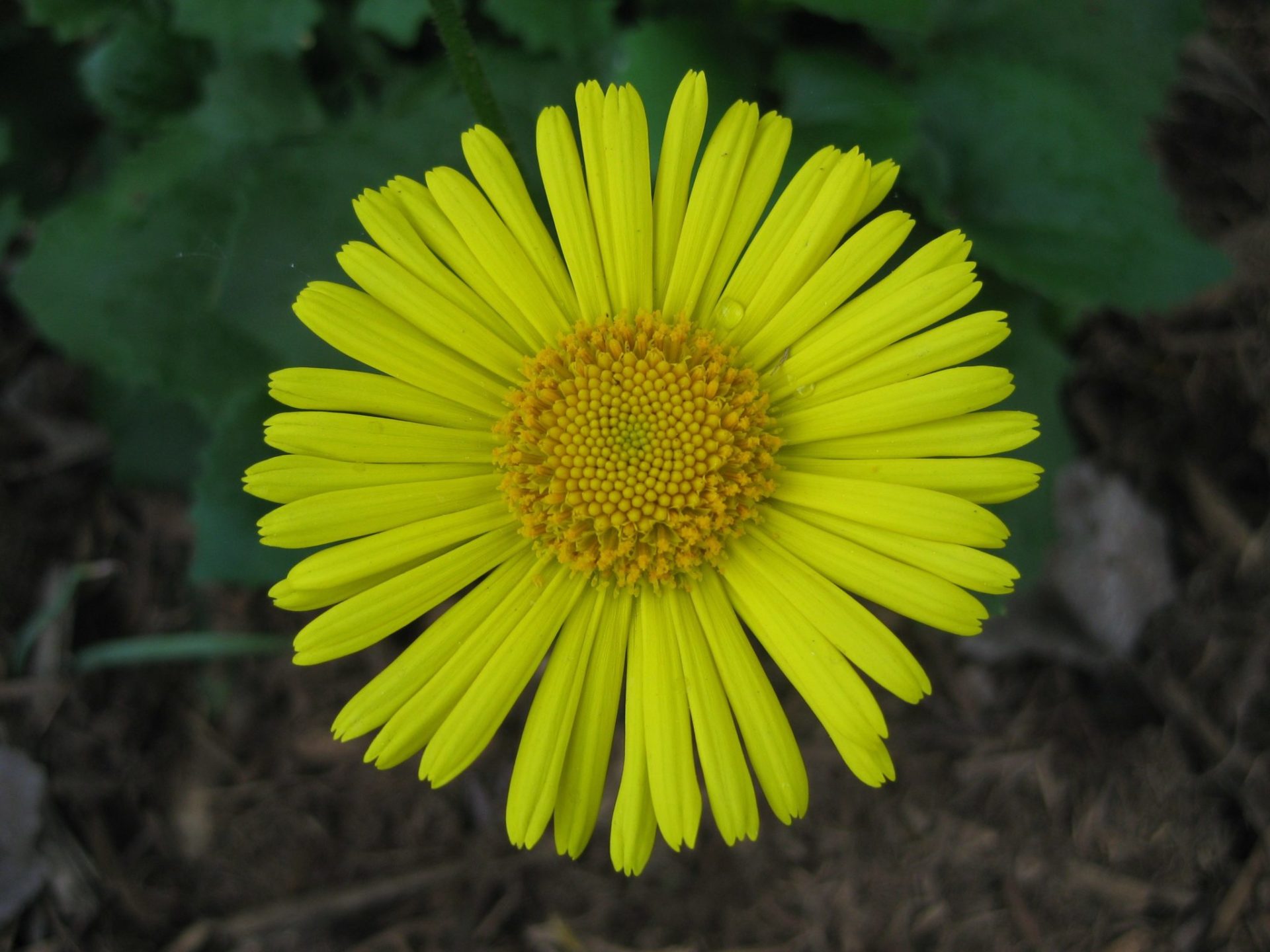
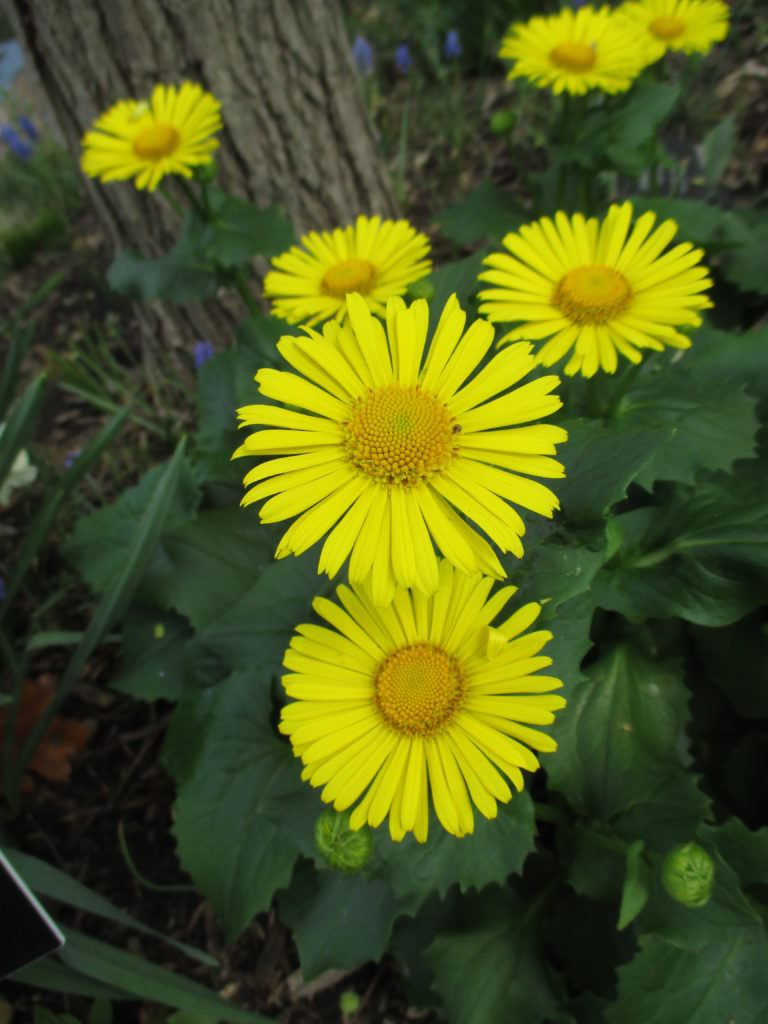
I’m not sure why I’ve not featured the beautiful and early-blooming leopard’s bane (Doronicum orientale) in past blogs. This perennial in the sunflower family (Asteraceae) is native to Southeast Europe and Southeast Asia with a hardiness to zone 3. Almost all of these photos are of the variety ‘Little Leo’ which has semi-double flowers and a height of 15″ or so. The interesting thing about this perennial is that it is one of the earliest blooming perennials we can grow (late April to early May) aside from traditional bulbs and is frequently blooming when tulips (Tulipa) are starting up out in the gardens. The timing of these blooms is important for providing early nectar for visiting butterflies, flies and beetles in spring. This perennial will tolerate full sun all the way to shade. It seems to thrive in moist soils in part shade though which is where it has established well at RBG. Drought and hot days may cause the glossy green, toothed foliage to go dormant so consistent moisture is important. Leopard’s bane also is deer and rabbit resistant and the entire plant is slightly poisonous. The thickened, rhizomatous roots (underground stems) will slowly widen to create a nice, full perennial but despite some references that mention it as a spreader…I’ve never observed that trait. Also look for the selection Leonardo™ Compact which reaches only 8-10″ in height. We have had the same two patches of this perennial (‘Little Leo’) in the woodland walk garden for over 15 years and I’m always amazed to see how early they bloom every year. The blooms are about 2-3″ in diameter and last for 2-3 weeks with that clear lemon yellow. Consider this hard-to-find, but bone-hardy, tough perennial for your partly shaded sites (accommodate those moisture needs though!).
I was only in for a portion of the day today but we had Larry H. and Bobby K. as staff members. Dr. Gredler and Urban were out in the gardens for some gardening work. Maury ran errands and we saw a couple of others. Kay was in to finishing processing the 20,000+ veggie labels for the Spring Plant Sale. I’m focused on the last of our plant ordering and preparations for looming events like the Bagged Compost Sale, Pansy Sale, Spring Plant Sale and much more!
